Four Companions, a Traveler, and a Tourist: An Introduction to Seth Thomas Travel Timepieces
The four Companion travel time pieces in my Seth Thomas pocket watch collection each added a different dimension of progress toward a better understanding of this unique product manufactured by the Seth Thomas Watch Company from 1896 through approximately 1913.
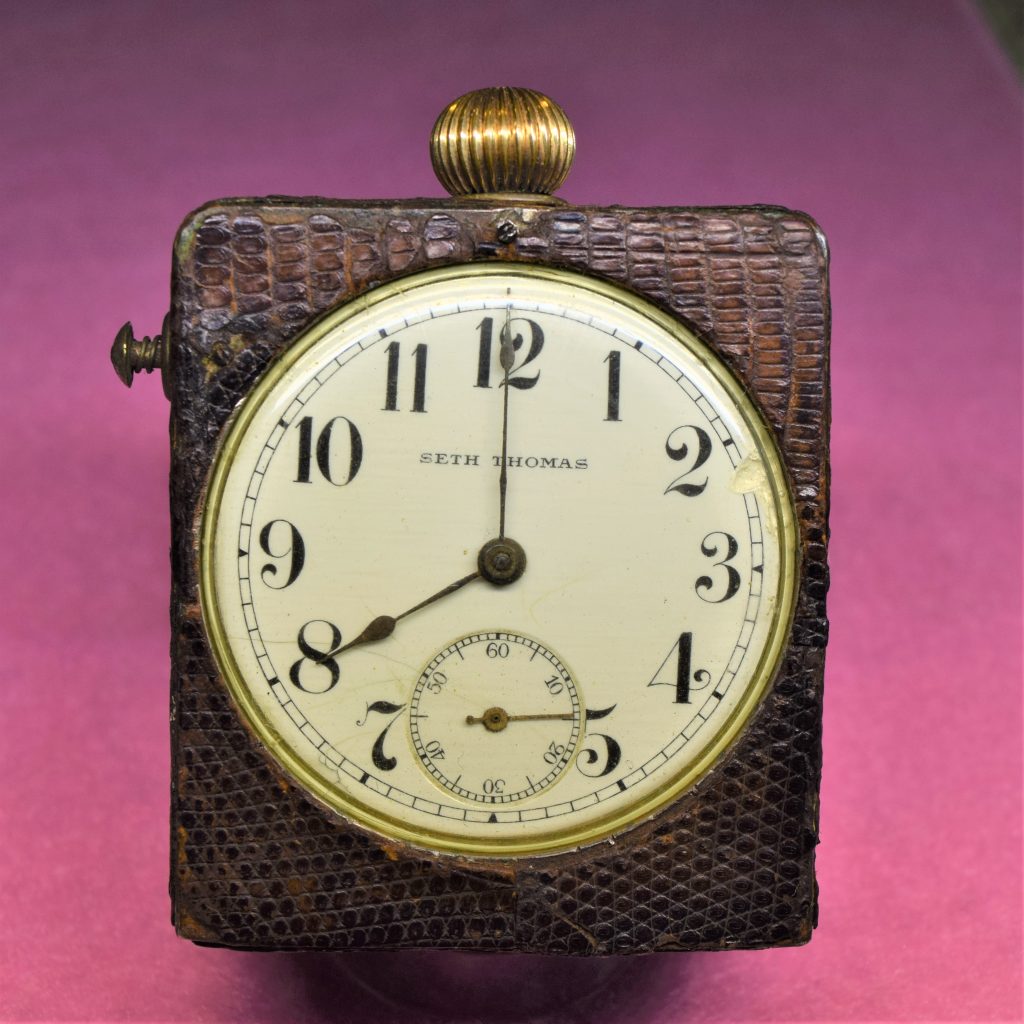
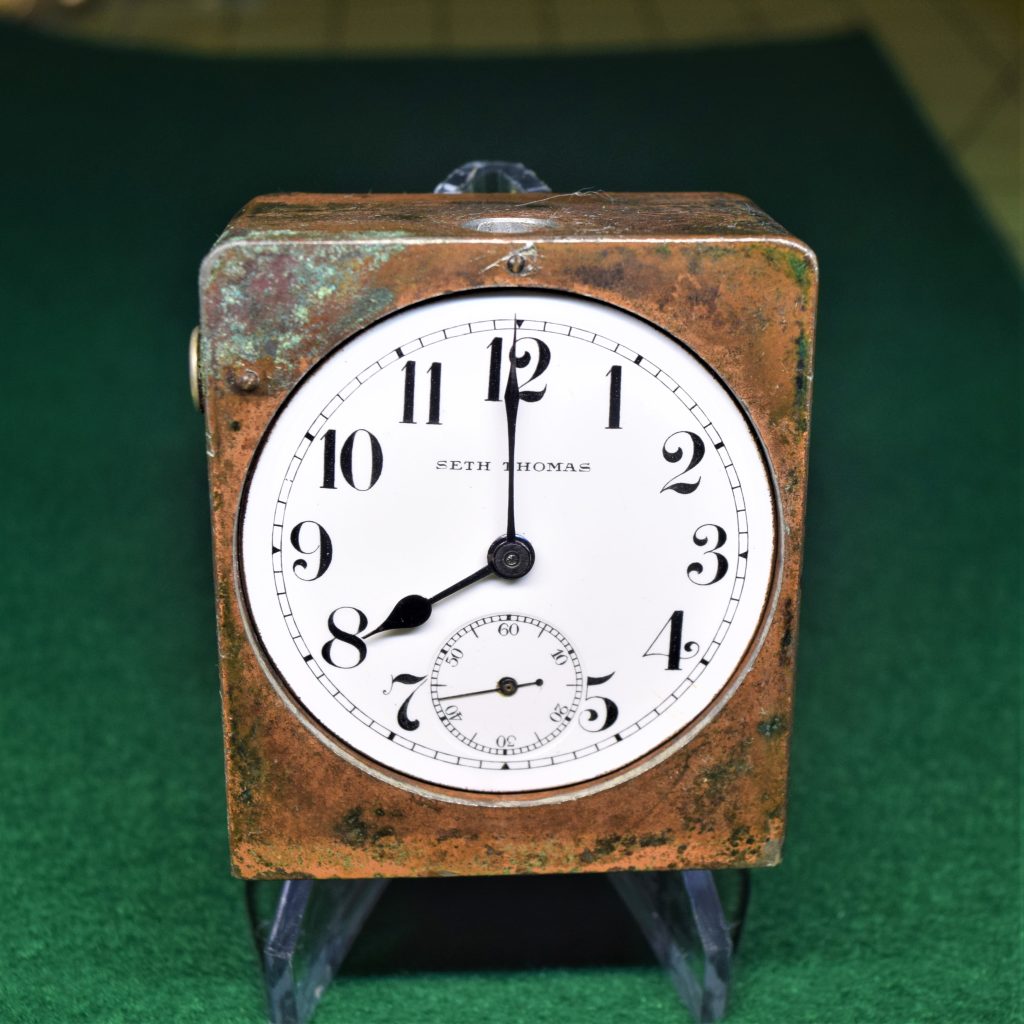
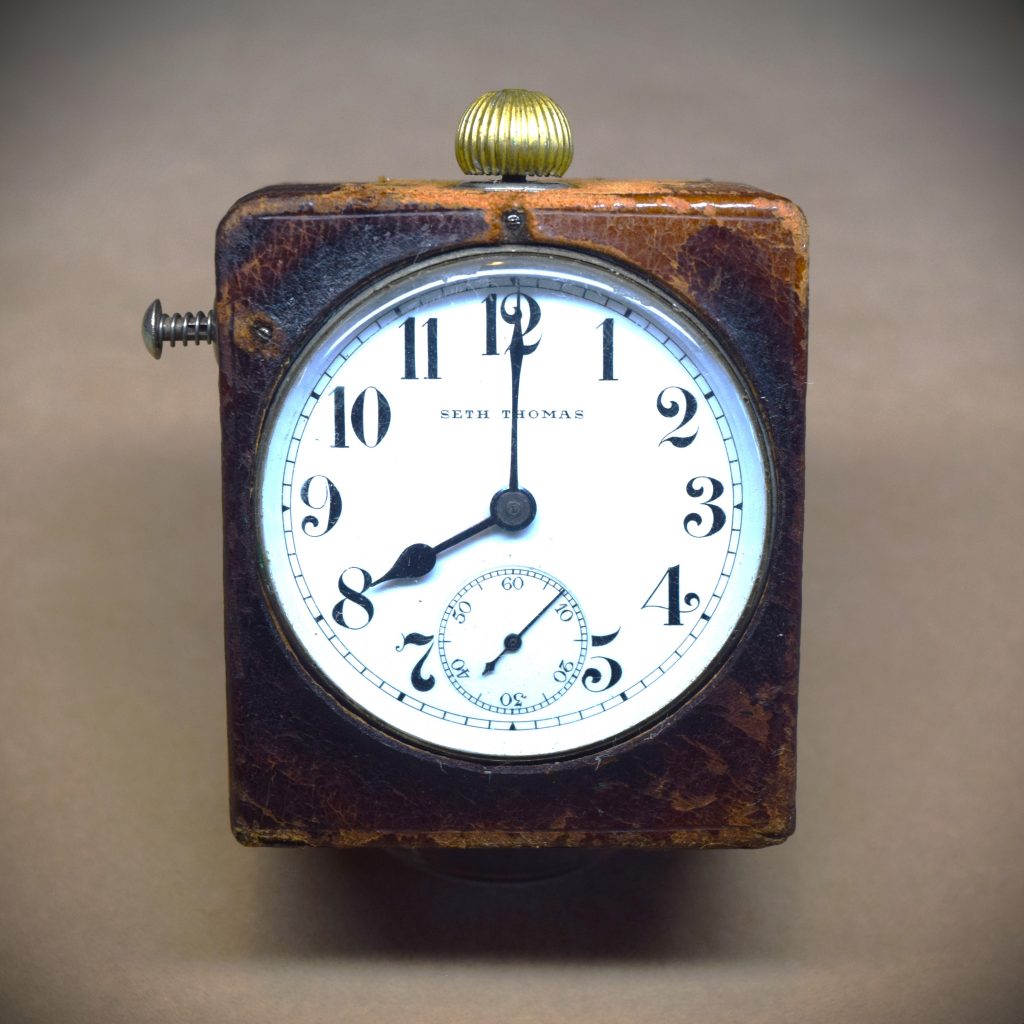
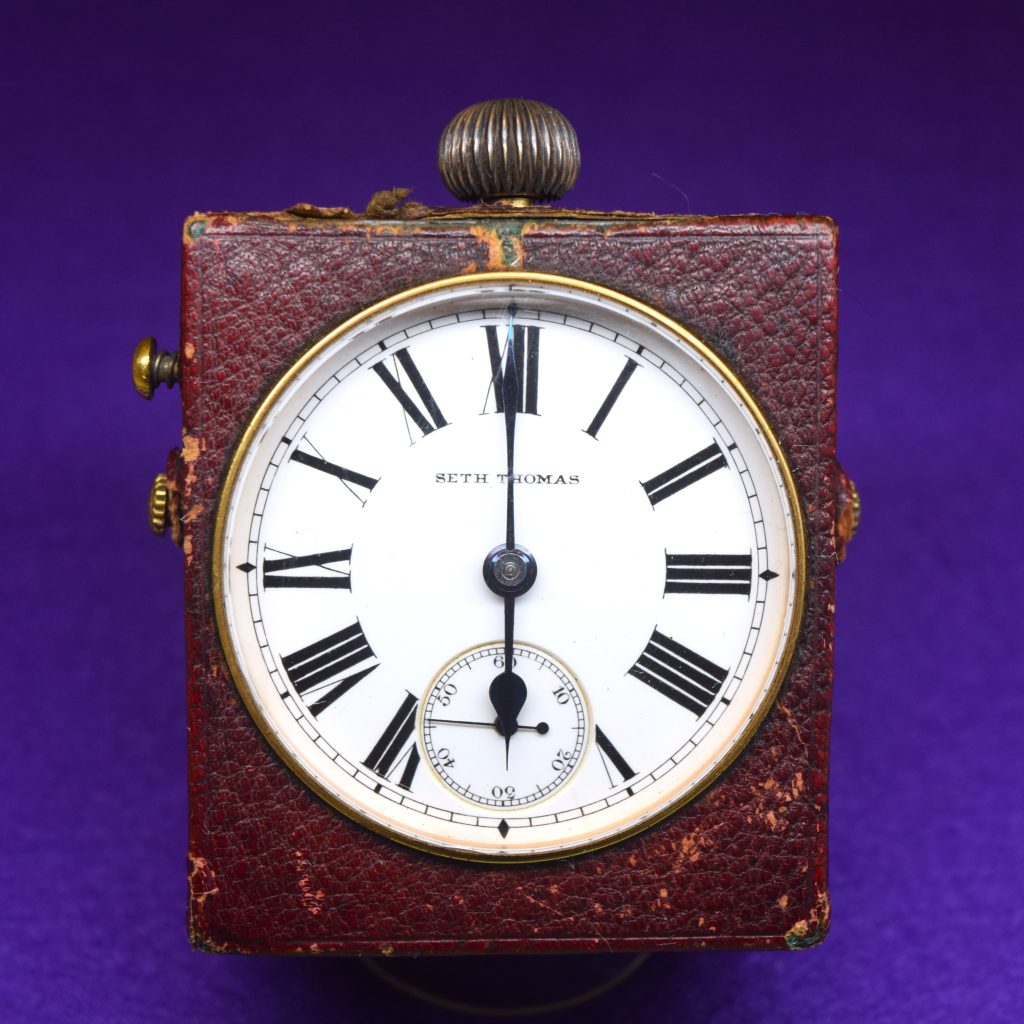
Seth Thomas built the 1896 version of the Companion upon a variant of its standard Model 6 movement, and the 1906 version of the Companion on a variant of its Model 8 movement. The variations included milling a channel for a setting pin to access and activate a tear-shaped toggle to disengage the mainspring winding function and permit setting of the hands. Milling on the back side of the pillar plate was also needed to create a track for the tear-shaped toggle to lay in behind the mainspring.
The Companion is the only Seth Thomas pocket watch that is pin set. A cut (woodcut engraving) of the Companion’s image is displayed, and all of its unique components along with its uncasing procedure are described in the 1904 Seth Thomas Watch Material Catalog. The same cut of the Companion’s image is accompanied by a description of its unique features in the 1913 Seth Thomas Watch Movements Illustrated Price List. Publicly available photographic documentation of the Companion and its component parts is extremely limited. Available period advertising related to the Companion only depicts a front exterior aspect of it. I am extremely grateful to be in a position to provide a more complete photographic documentation of this special, unique Seth Thomas timepiece to the horological community.
The 1906 Version of the Companion – Seth Thomas Model 8
My first Companion (serial # 802346) was purchased in relatively good condition and was mechanically complete. A yellowed plastic crystal in a gold-colored bezel covered the heavy Arabic dial equipped with blue spade hands instead of the original railroad hands.
The Companion’s brown lizard leather cover was 95% complete, with only the back pocket structure, which holds the “sliding back cover” in place, missing. The leather-covered brass sliding back cover was present and intact; but there was no clear indication of how it engaged the metal case to serve as a sliding back cover. The adjustable leather carrying strap was also missing. Having such a complete specimen of the Companion was a great aid to developing a good initial understanding of the 1906 version’s structural design and functioning.
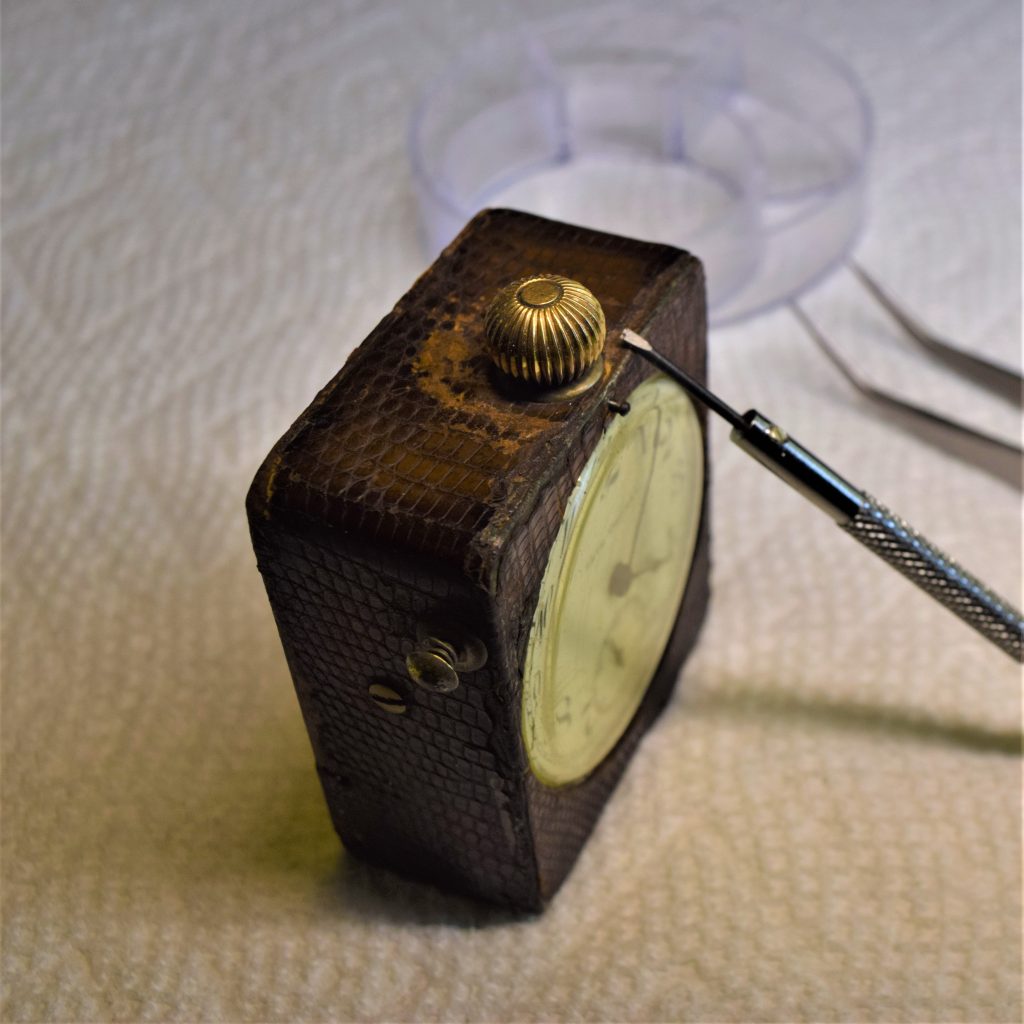
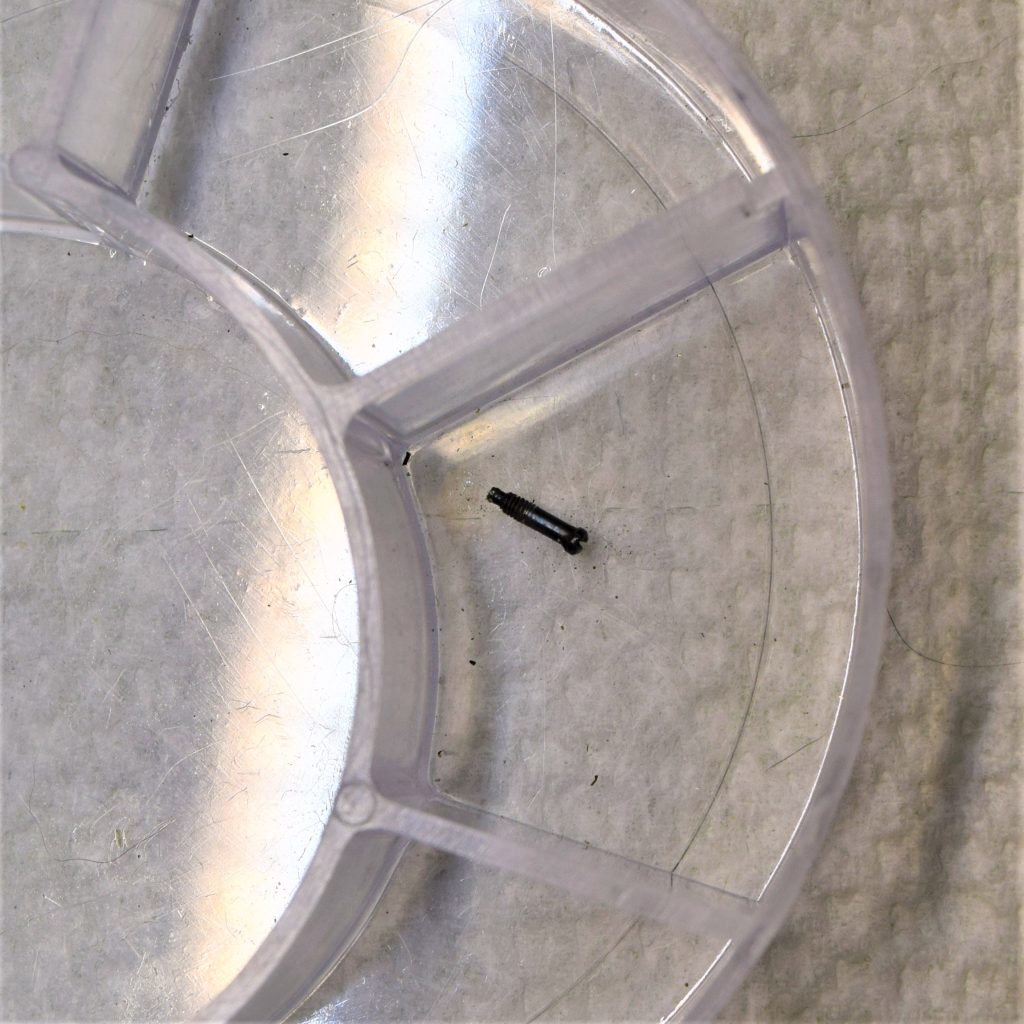
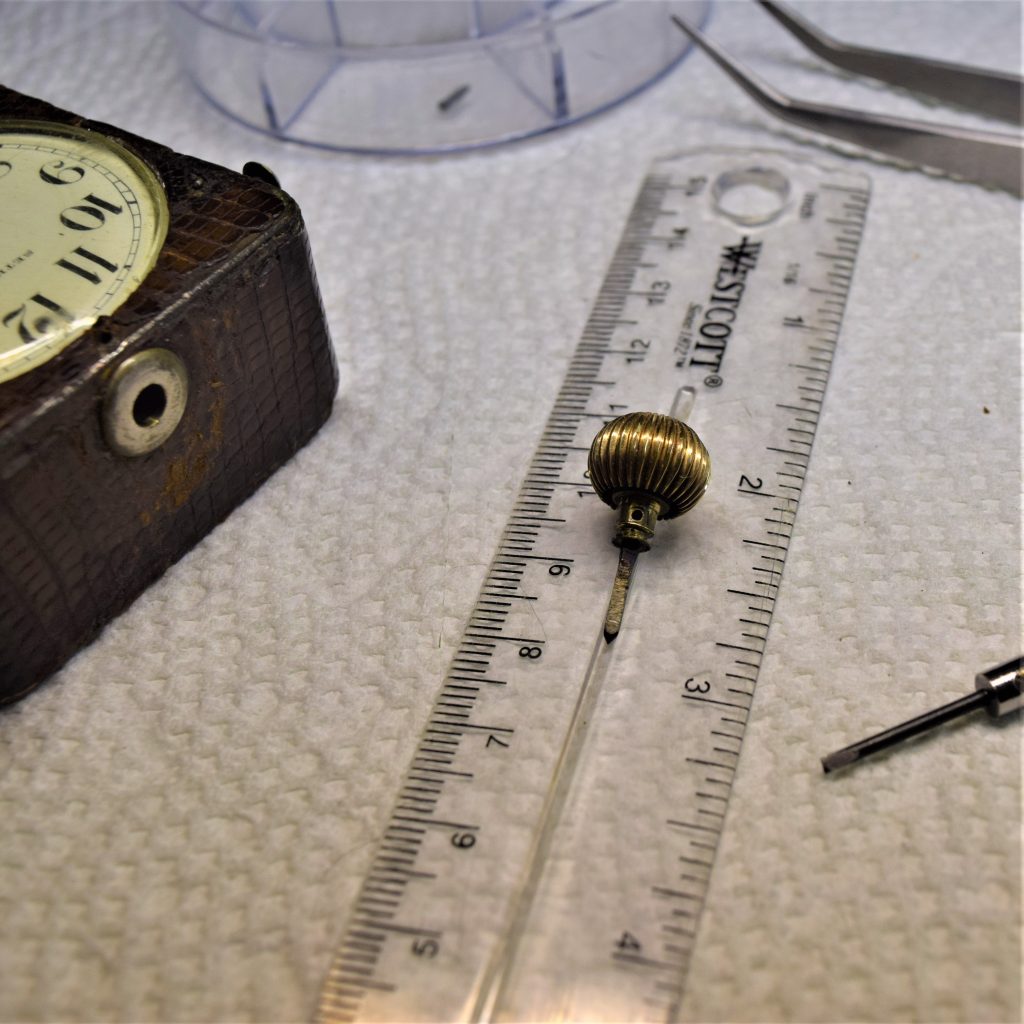
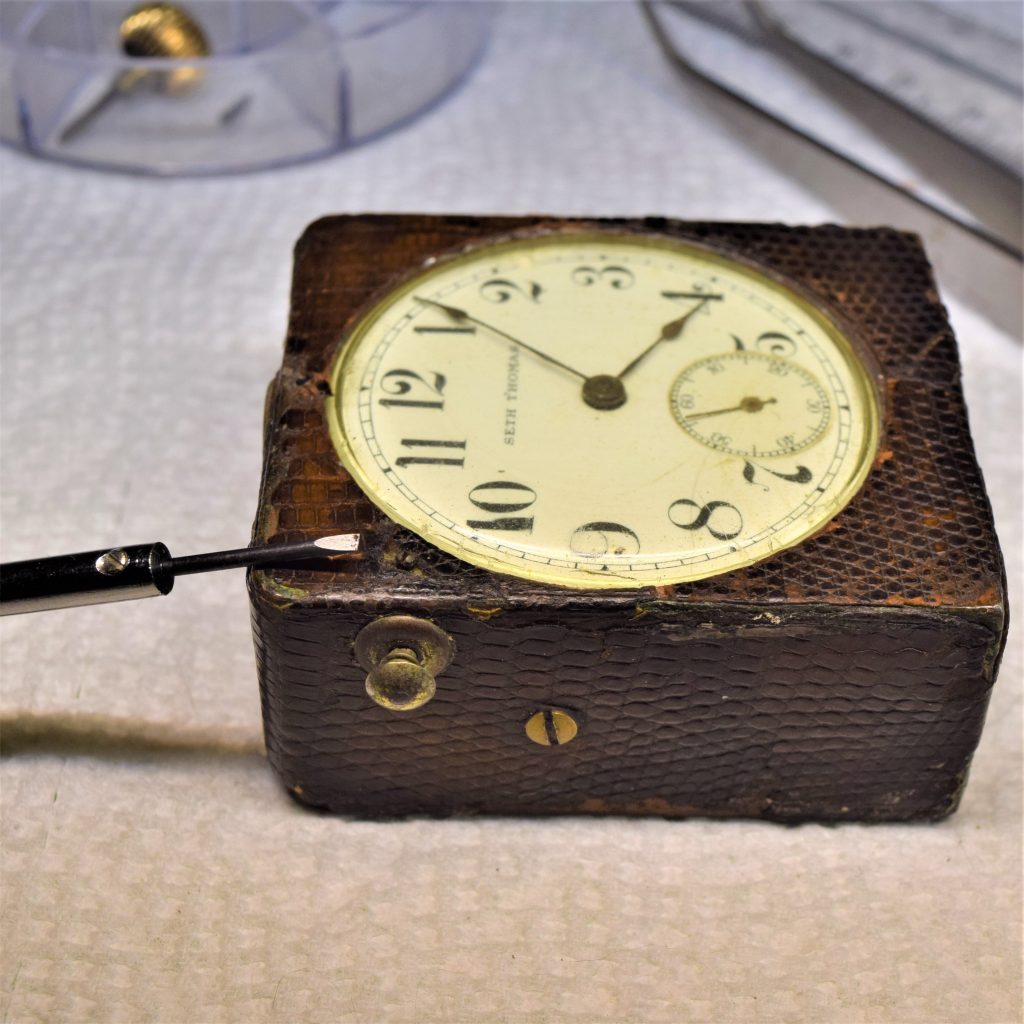
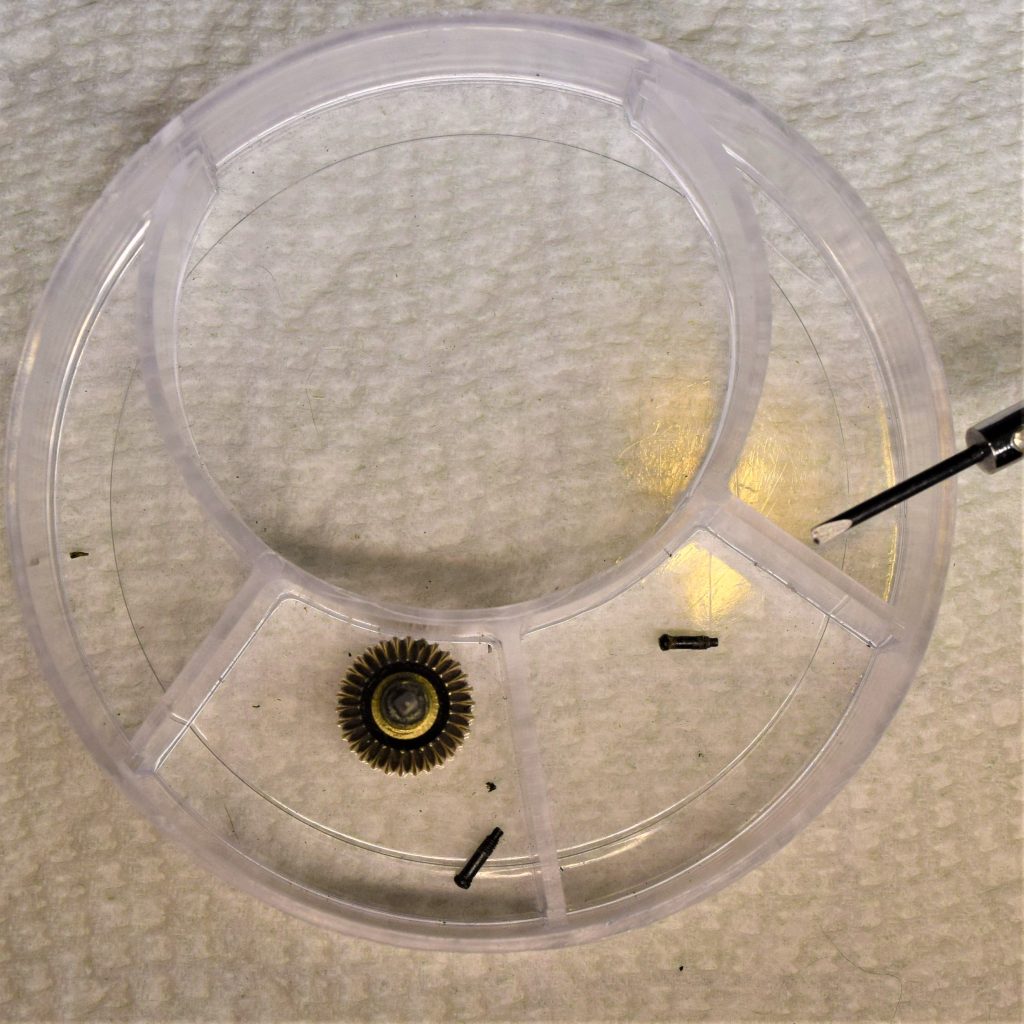
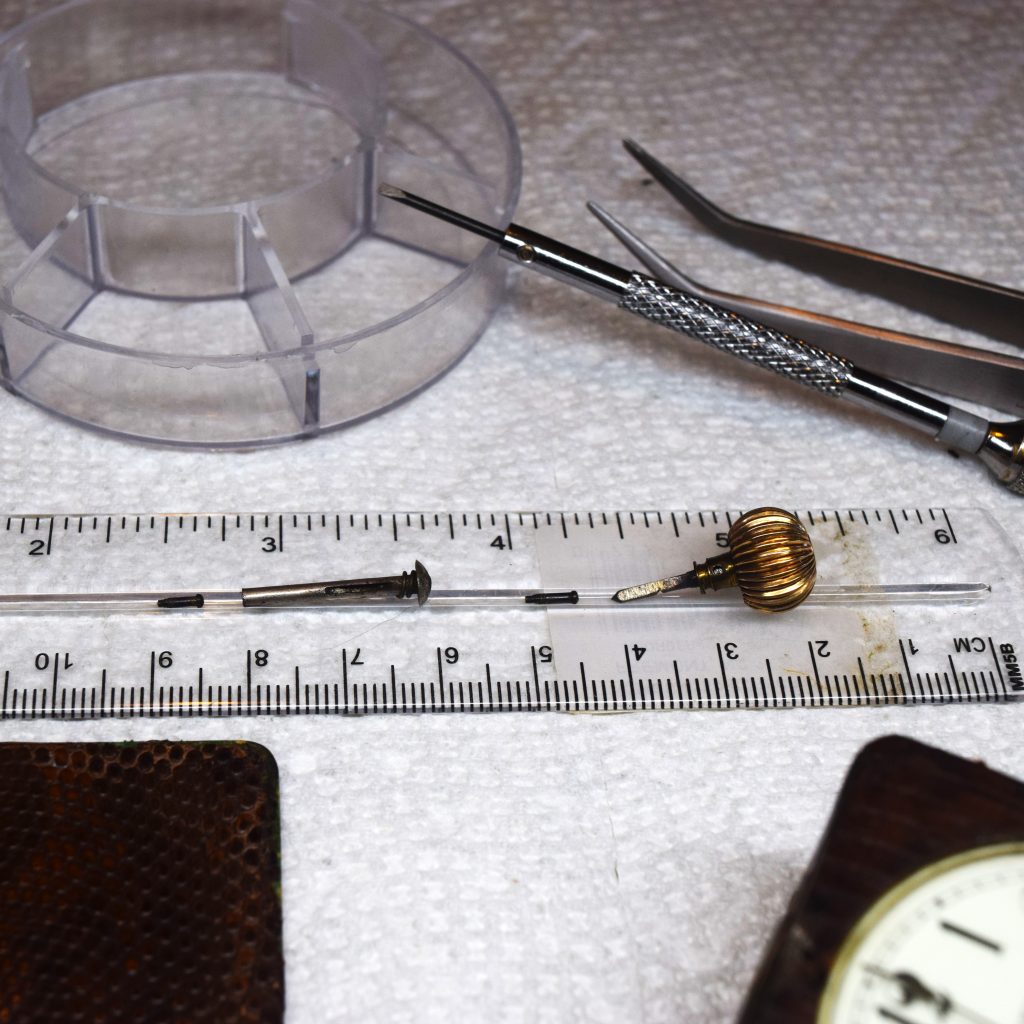
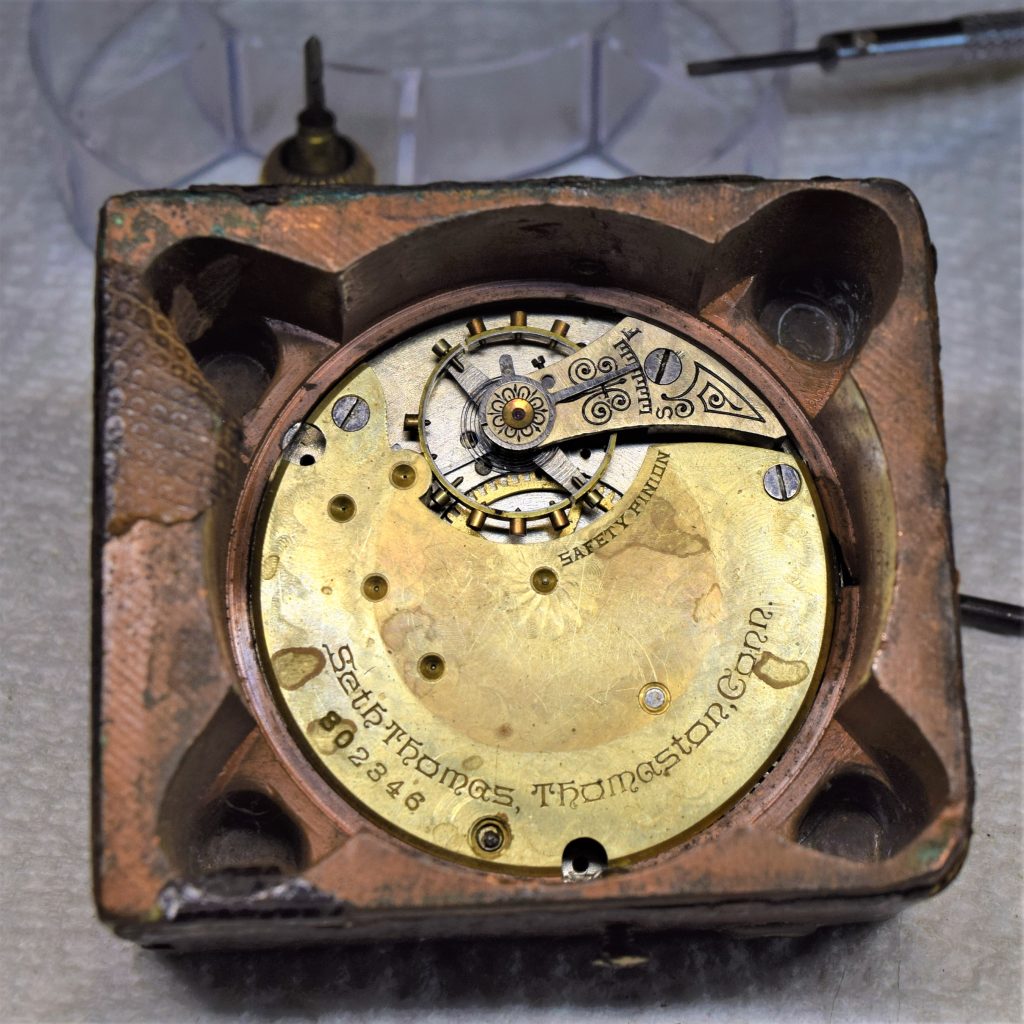
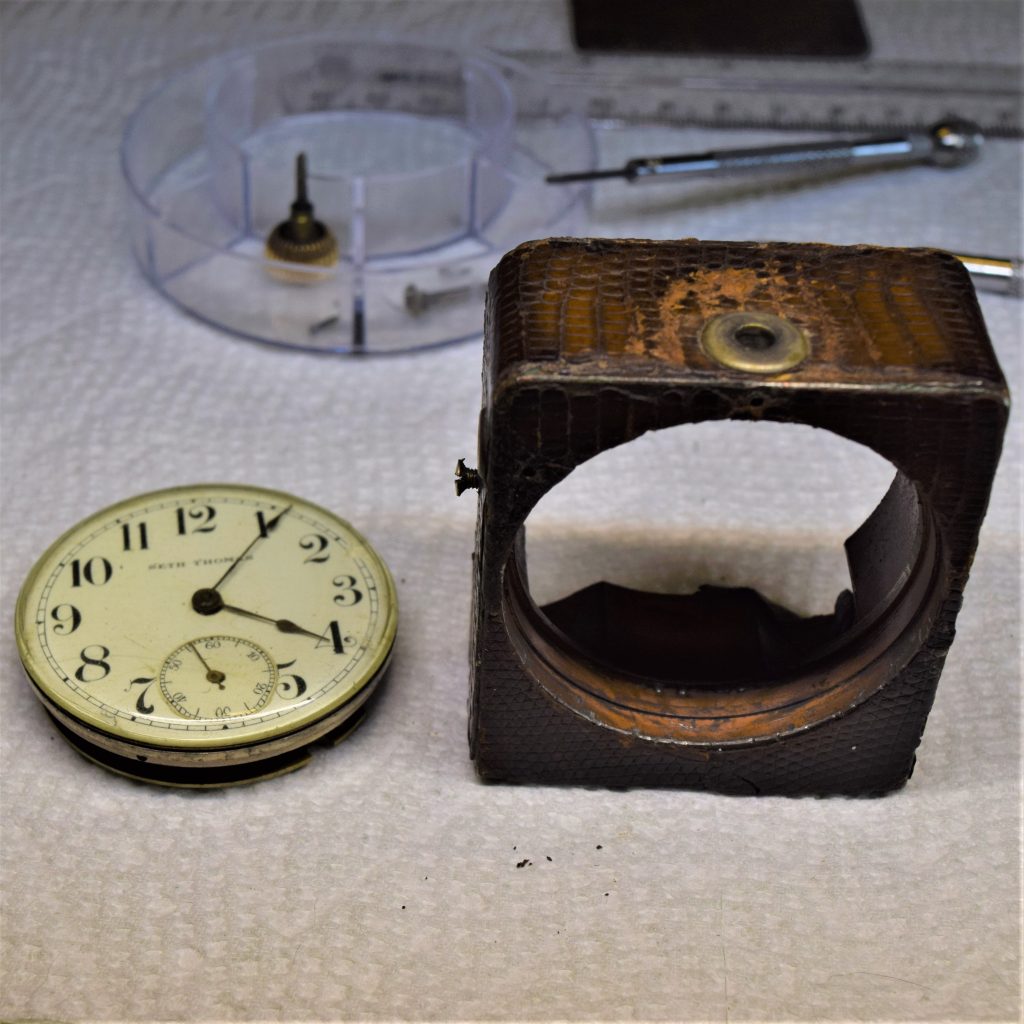
The 1906 Version of the Companion – Example #2
My second Companion (serial # 810984), when purchased, consisted of a mechanism packed with insects and thick dust, a very good heavy Arabic dial, spade railroad hands, and a bronze case that was missing its leather covering, sliding back cover, bezel, crystal, crown, stem, stem bushing, setting pin, and screws for attaching the missing adjustable leather strap.
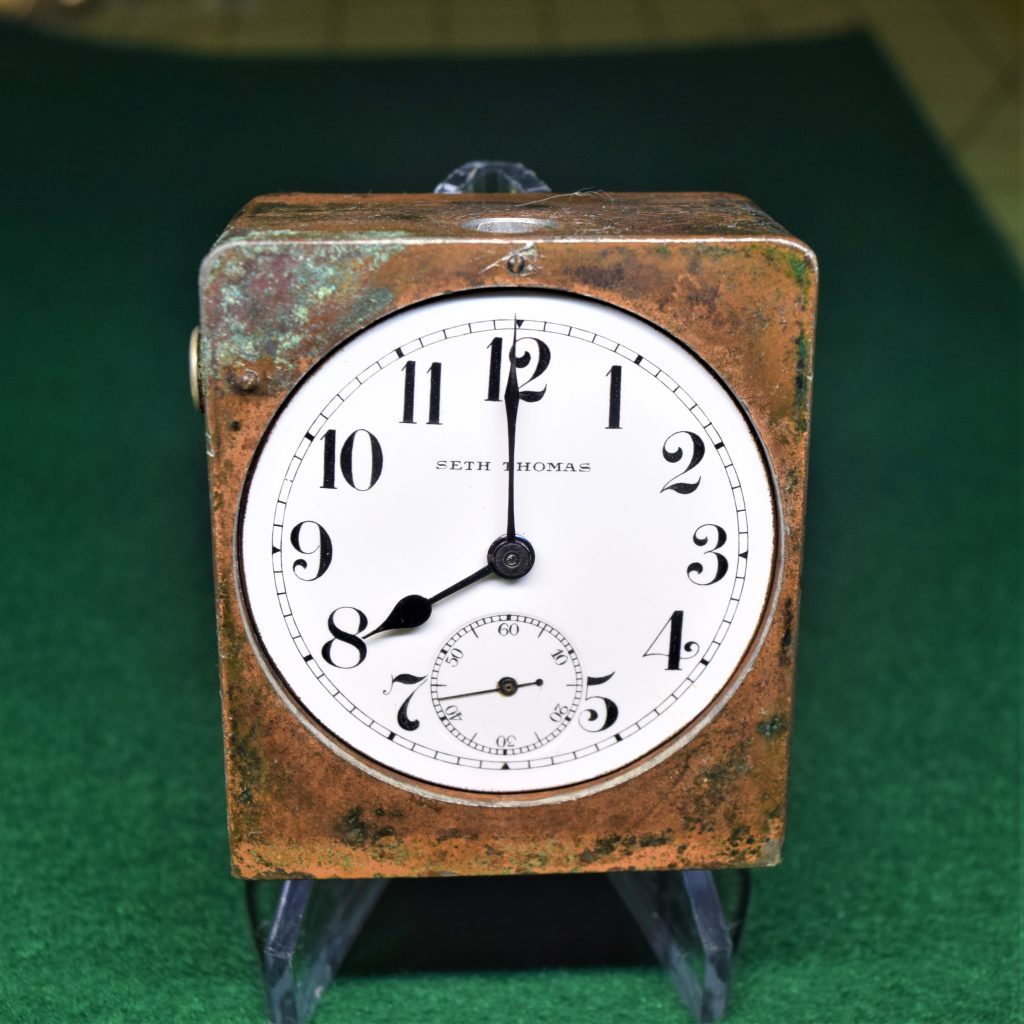
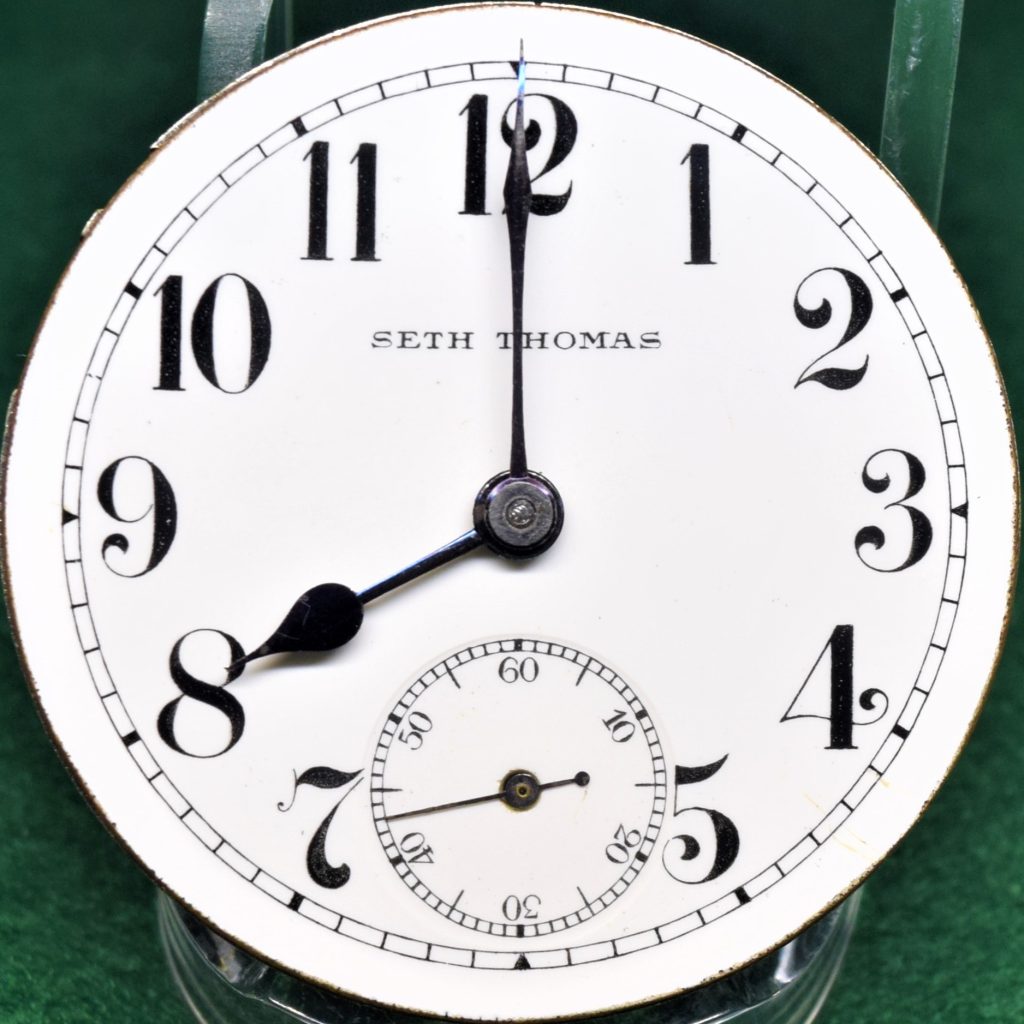
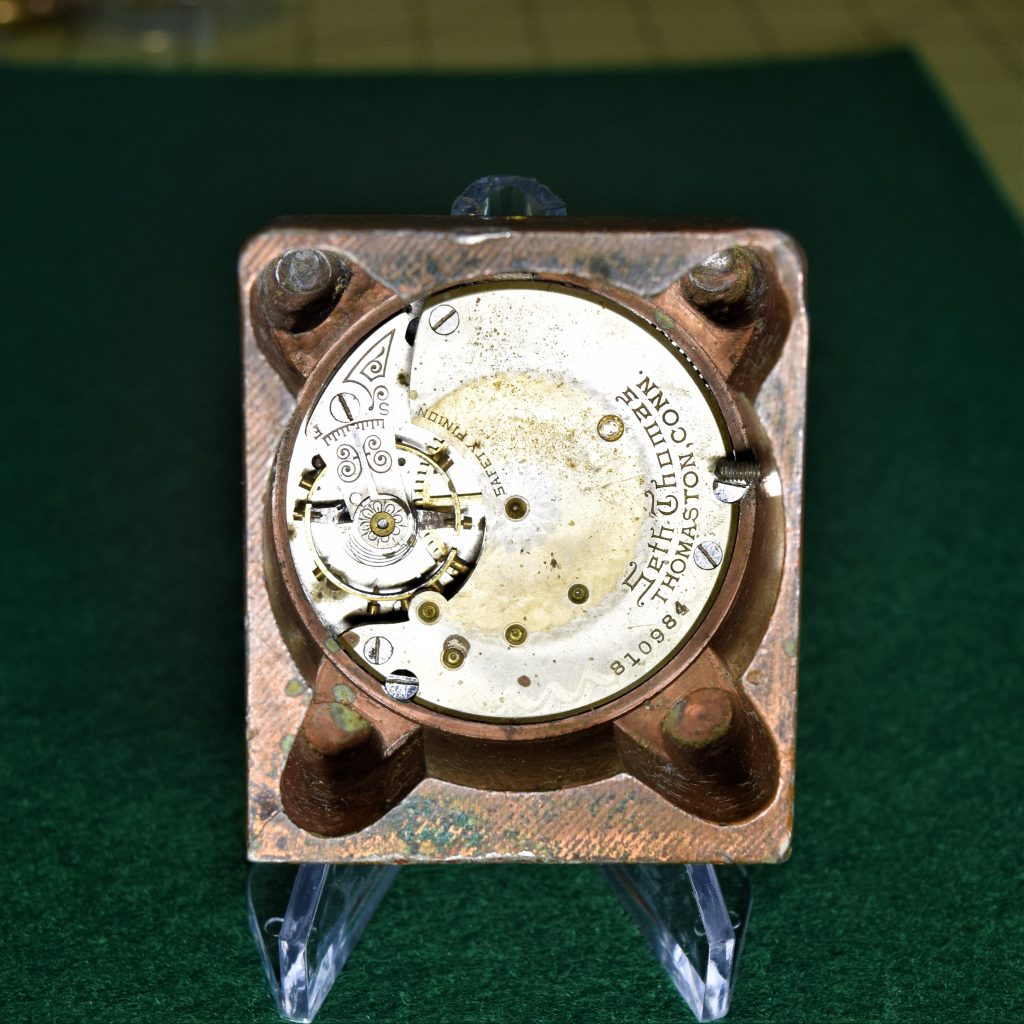
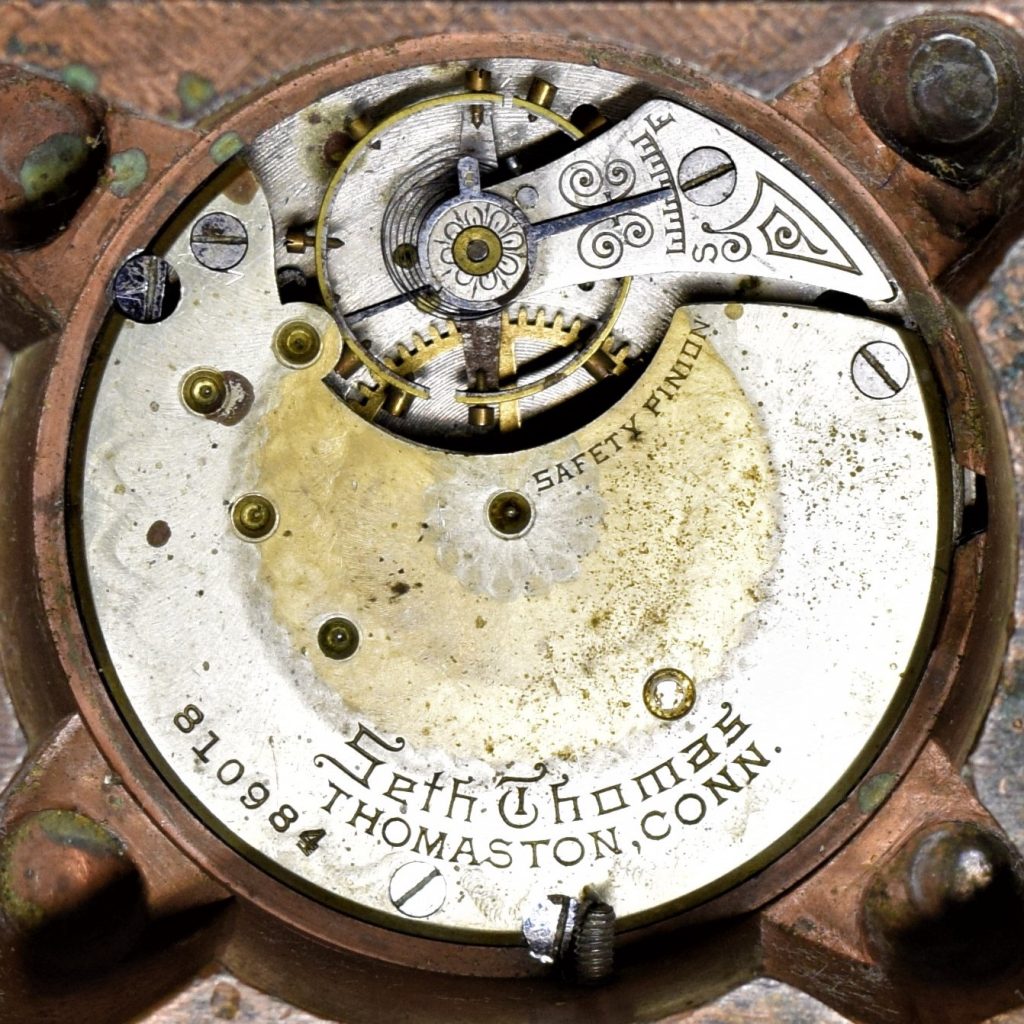
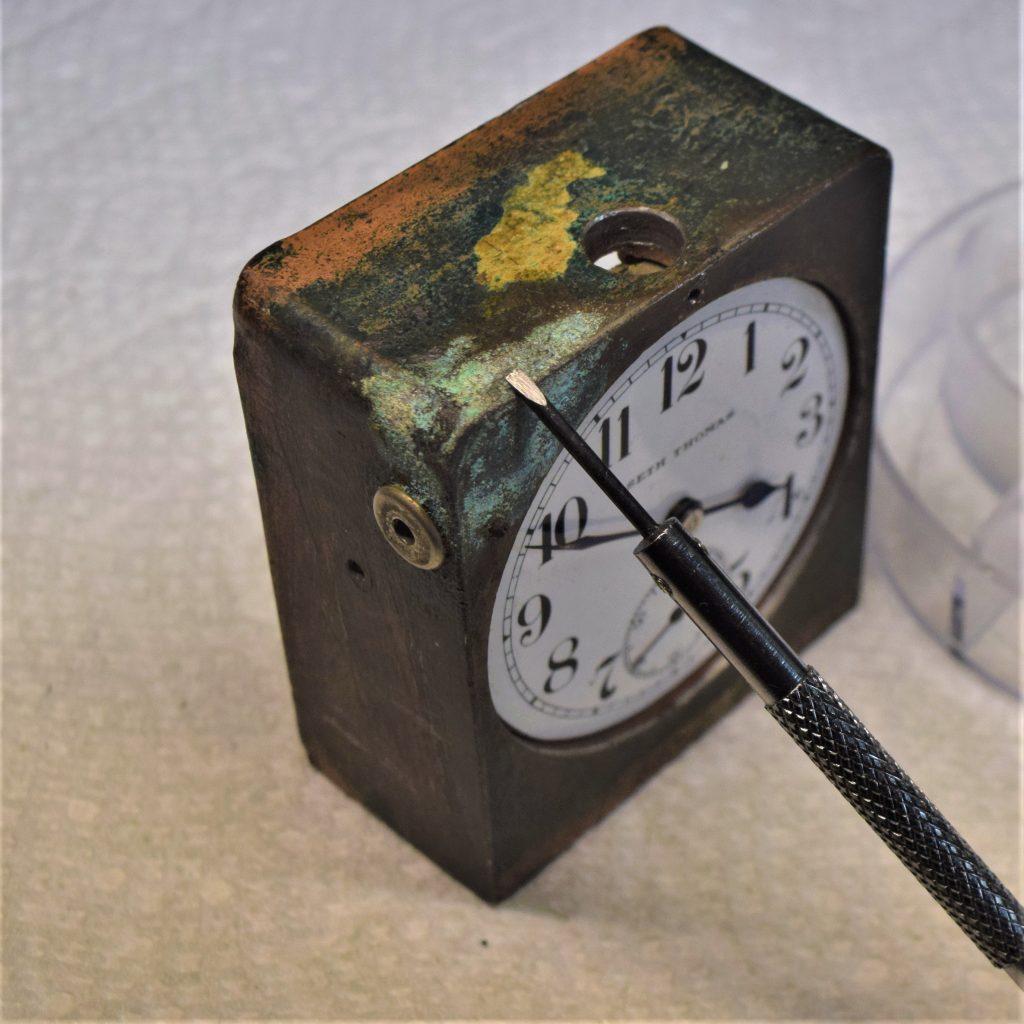
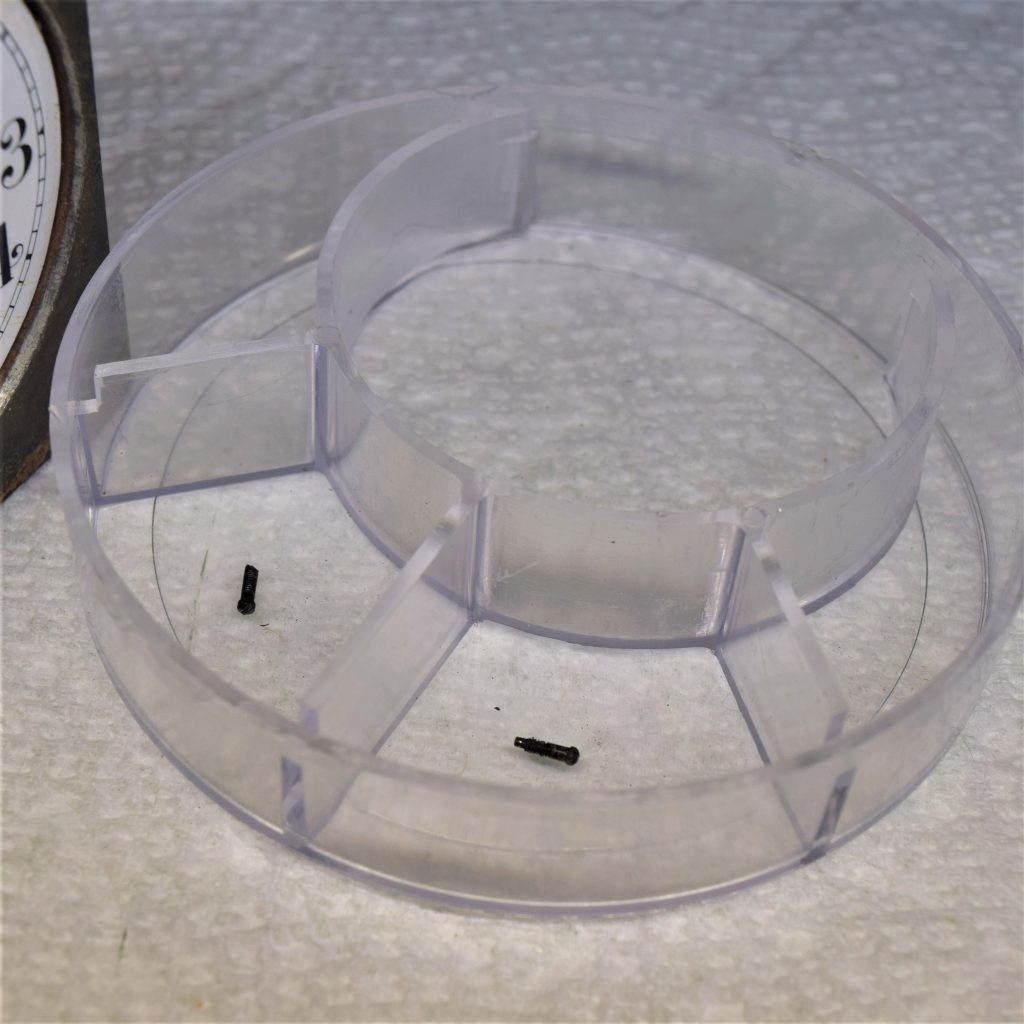
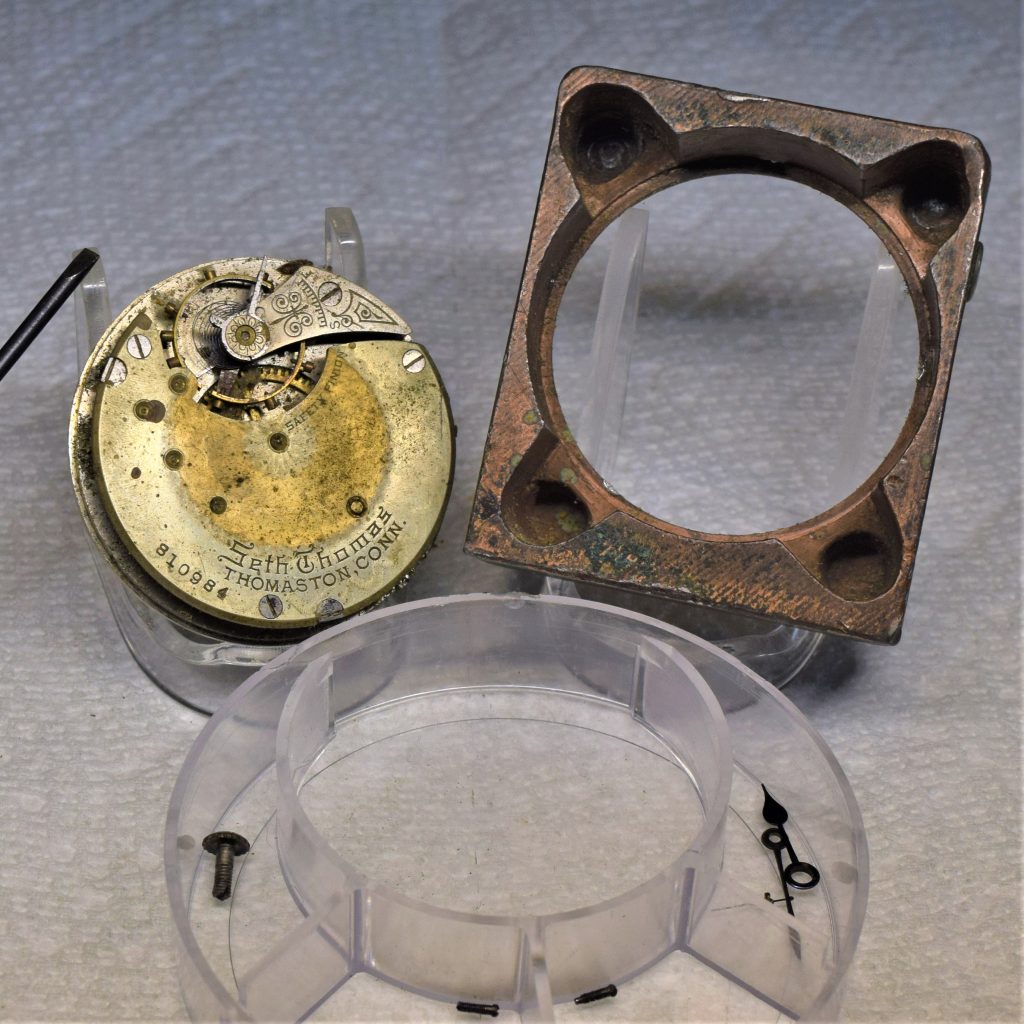

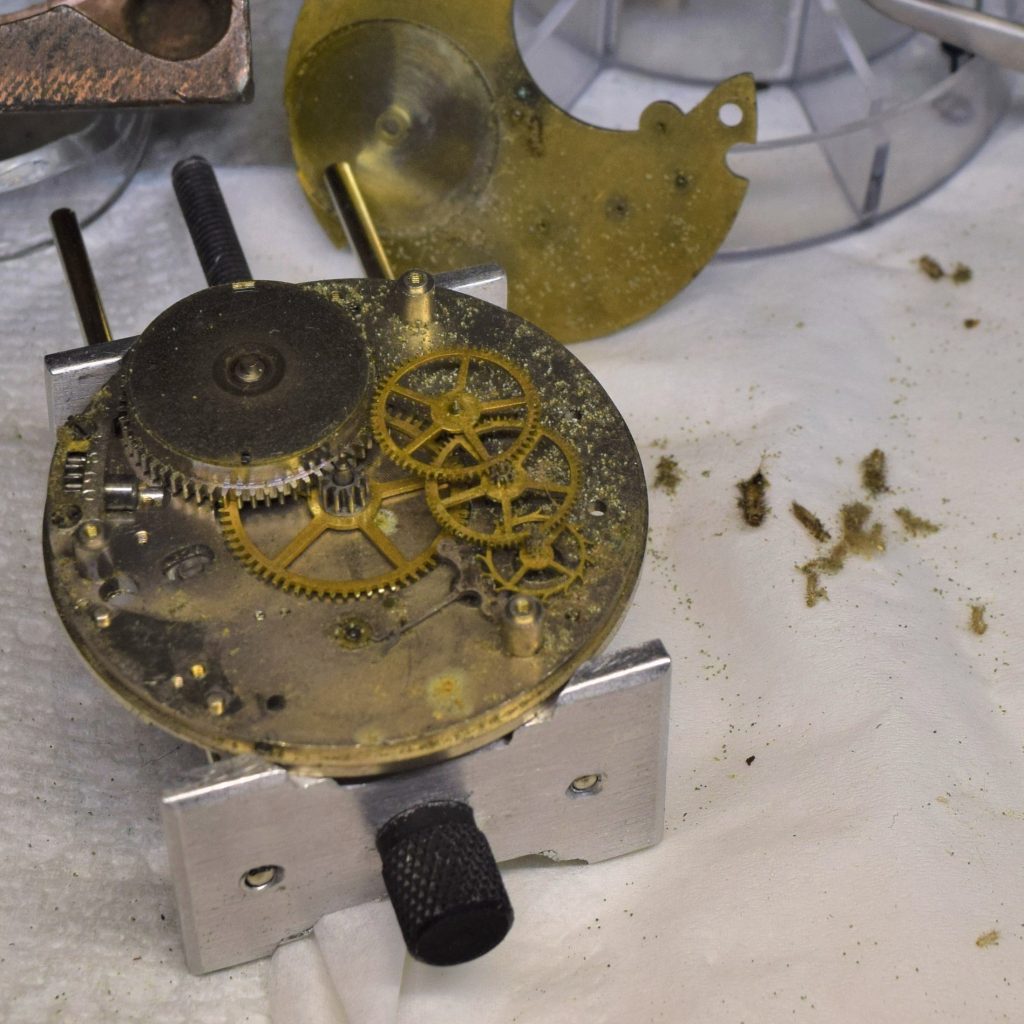
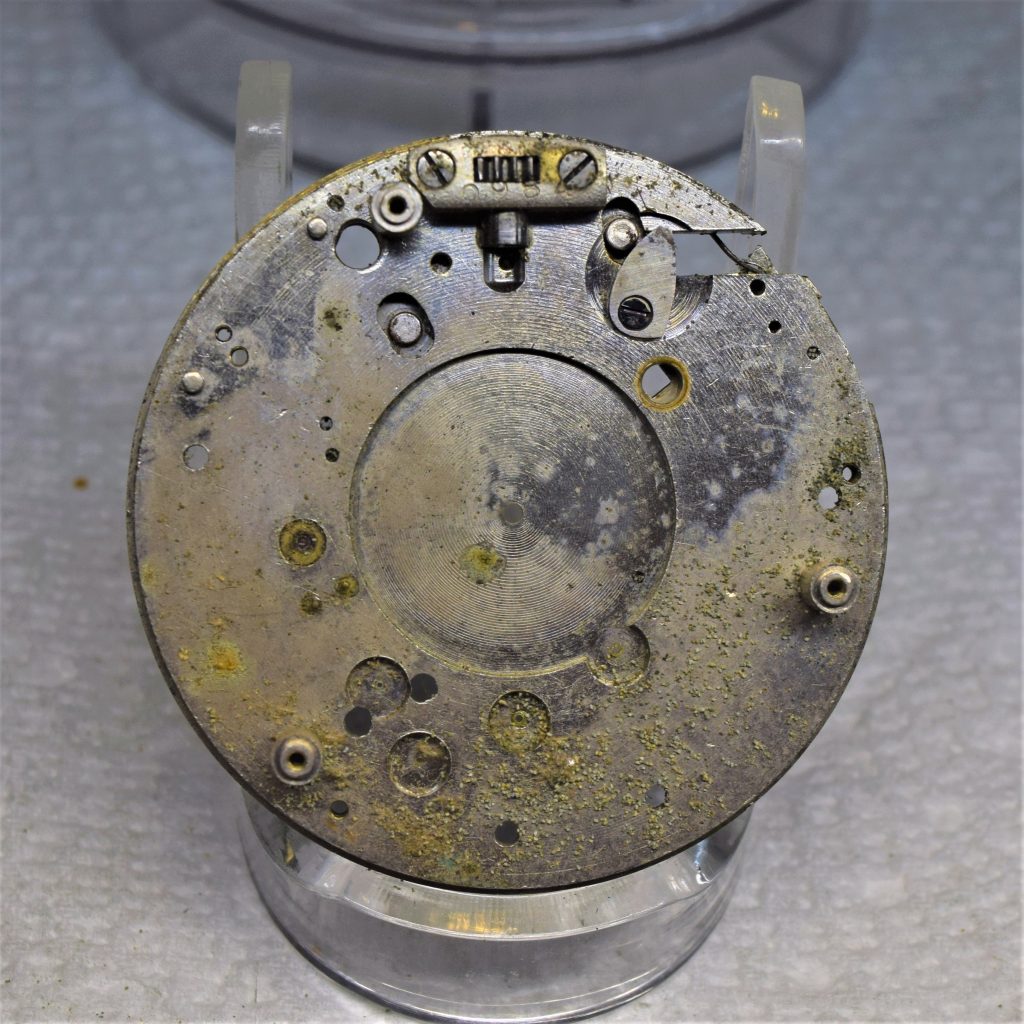
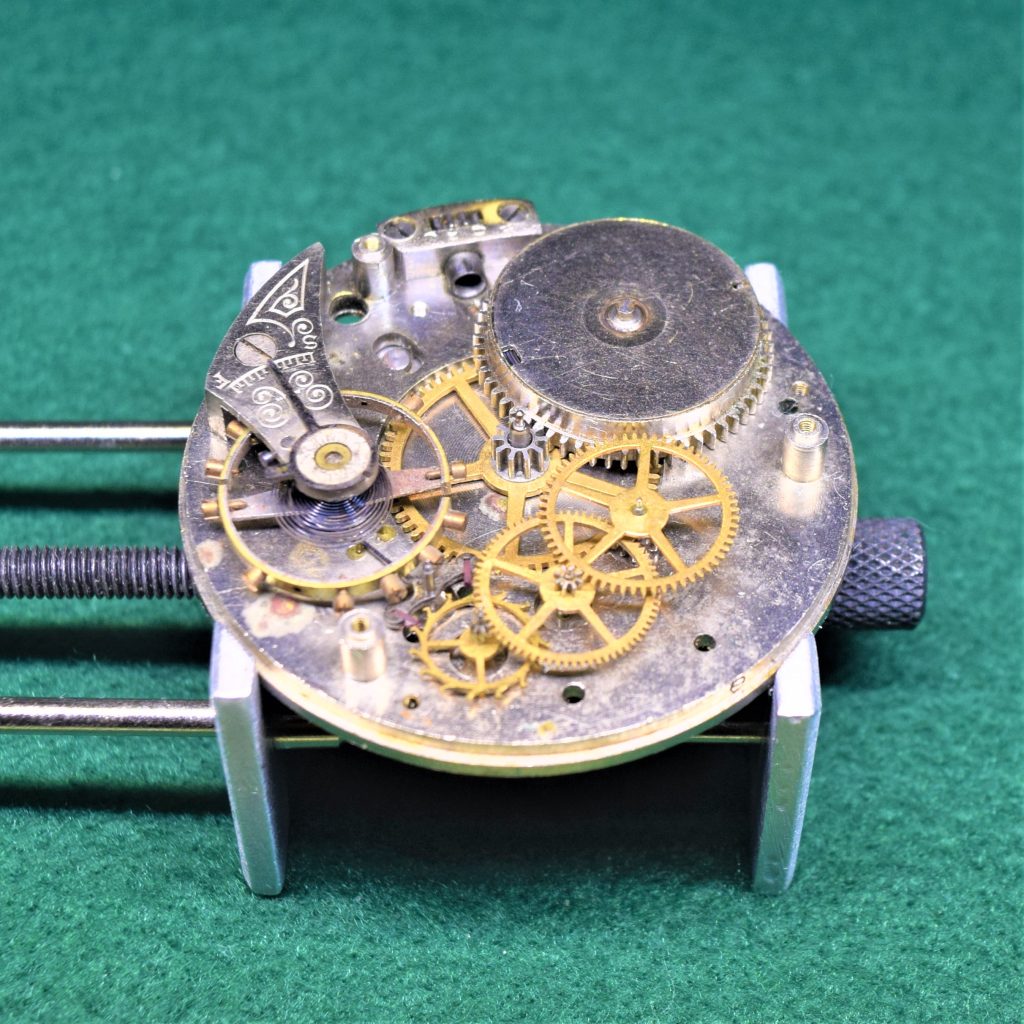
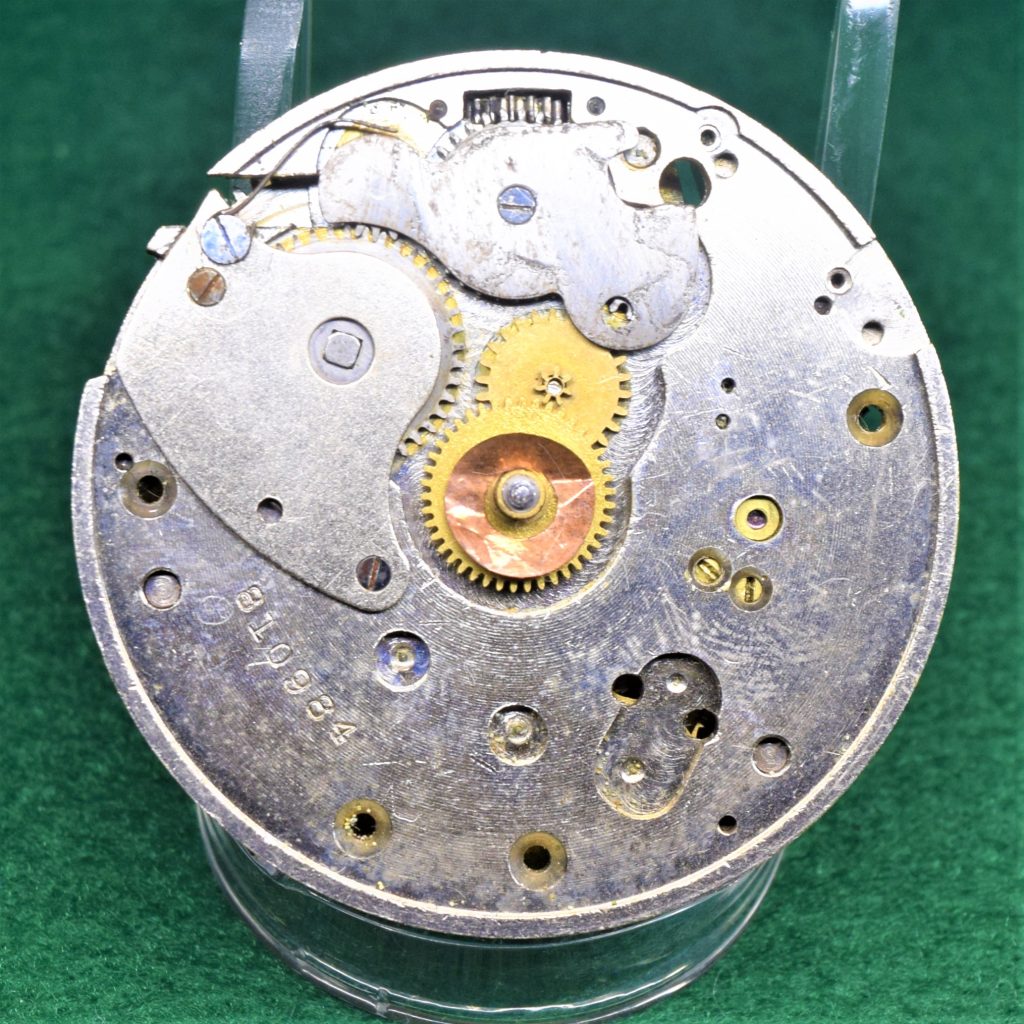
The set screws for the winding stem and setting pin were still present. Having such an incomplete specimen with a compromised mechanism that required complete disassembly was a great aid to developing a better understanding of the bronze case and the interior design and function of the mechanism.
The 1906 Version of the Companion – Example #3
My third Companion (serial # 846647) was purchased 95% complete, missing only the leather covering for the brass sliding back cover, and the adjustable leather strap. The back pocket structure, which holds the sliding back cover in place, was intact permitting full inspection and assessment of the techniques used for its construction and attachment to the metal case. The brown Morocco (levant) leather case was quite worn in places, especially the top, but was intact and complete. The mechanism was in very good condition.
A clear plastic crystal with a thin gold-colored bezel covered the heavy Arabic dial and railroad hands. Having such a complete specimen of the Companion was a great aid to developing a better understanding of its structural design and functioning through the process of comparison with features of my other specimens. Seeing that the same component parts are present in each specimen confirms that these parts were original and standard, not workable replacements installed over the past one-hundred ten to one-hundred fifteen years.
The 1896 Version of the Companion – Seth Thomas Model 6
My fourth Companion (serial # 599805) was purchased 99% complete, missing only the leather carrying strap; but there are remnants of the strap still on its anchor screws. The back pocket structure, which holds the sliding back cover in place was intact. The red Morocco (levant) leather case was quite worn in places, especially the top, but was intact and complete. The mechanism was in very good condition and was outfitted with a heavy Roman dial, railroad hands, clear glass crystal, and gold-colored bezel.
Having such a complete specimen of the 1896 version of the Companion was a great aid to developing a better understanding of its structural design and function, and the differences and commonalities between the 1896 and 1906 versions. The setting pins and winding stems are somewhat different between the two versions, and there are no set screws for these components on the 1896 version. Instead, they are held loosely in place by compression rings.
Having such a complete specimen of the 1896 version of the Companion was a great aid to developing a better understanding of its structural design and function, and the differences and commonalities between the 1896 and 1906 versions. The setting pins and winding stems are somewhat different between the two versions, and there are no set screws for these components on the 1896 version. Instead, they are held loosely in place by compression rings.
Closing Observations and Conclusions
My study of the Seth Thomas Companion is by no means complete. Only one specimen of the 1896 version of the Companion is available in my collection for comparison with the three 1906 versions. The 1896 and 1906 versions’ leather wrapped cases are 2 ¼ inches tall (not including the crown) by 1 15/16 inches wide by 1 inch deep. The metal in the 1896 case seems to be of a higher grade brassy material. In Seth Thomas Clocks & Movements the 1896 version has been depicted with an unsigned heavy Roman dial with no seconds bit, and with spade railroad hands. There is no mention in the description whether an Arabic dial is available for this version, or regarding availability with the seconds bit with which my specimen of the 1896 version is equipped.
A Traveler and a Tourist
There is also a similar Seth Thomas product named the Traveler in a similar; but slightly larger, 3½ inches high, glazed leather covered metal block case with a nonadjustable leather strap.
It appears that the Traveler incorporated the Seth Thomas Model 4, key wound, and key set movement, into its design since there is no visible crown and stem protruding from the case, and no pin or other mechanism to facilitate setting as it is depicted in Seth Thomas Clocks and Movements by Tran Duy Ly. Further evidence that the Model 4 was used is the description of the movement as a “one-day lever”, and that the bezel appears to be different from the type used on the Companion possibly to facilitate frequent removal as would be necessary with a key set movement. The Traveler is depicted with a standard, not heavy, Arabic dial, and standard spade, not railroad, hands making it more difficult to see from a distance.
Tran Duy Ly chose to include the Companion and Traveler in the section of his book where he describes Seth Thomas carriage clocks, instead of the section on watches where he describes the third Seth Thomas travel timepiece, the Tourist.
The importance of making historical background information freely available to all who have interest in the roots of the American clock and watch industry cannot be overstated. Information that is not freely shared not only confounds the research of present day horologists; but will likely be forever lost to the future generations of horologists.
The Pocket Watch Database, serving as a collective repository for the studies and research of many, is playing the greatest role in collecting, organizing, consolidating, and freely disseminating invaluable information to the horological community and the public at large.

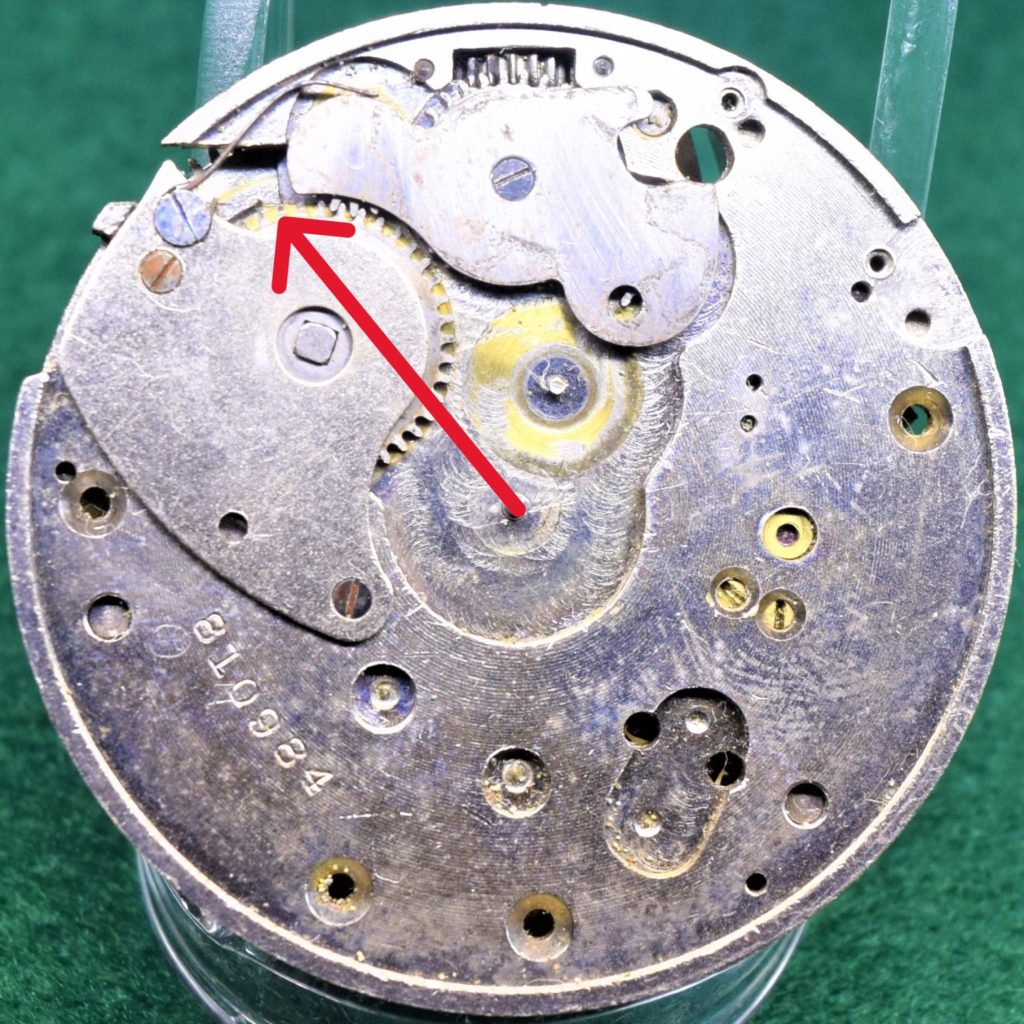
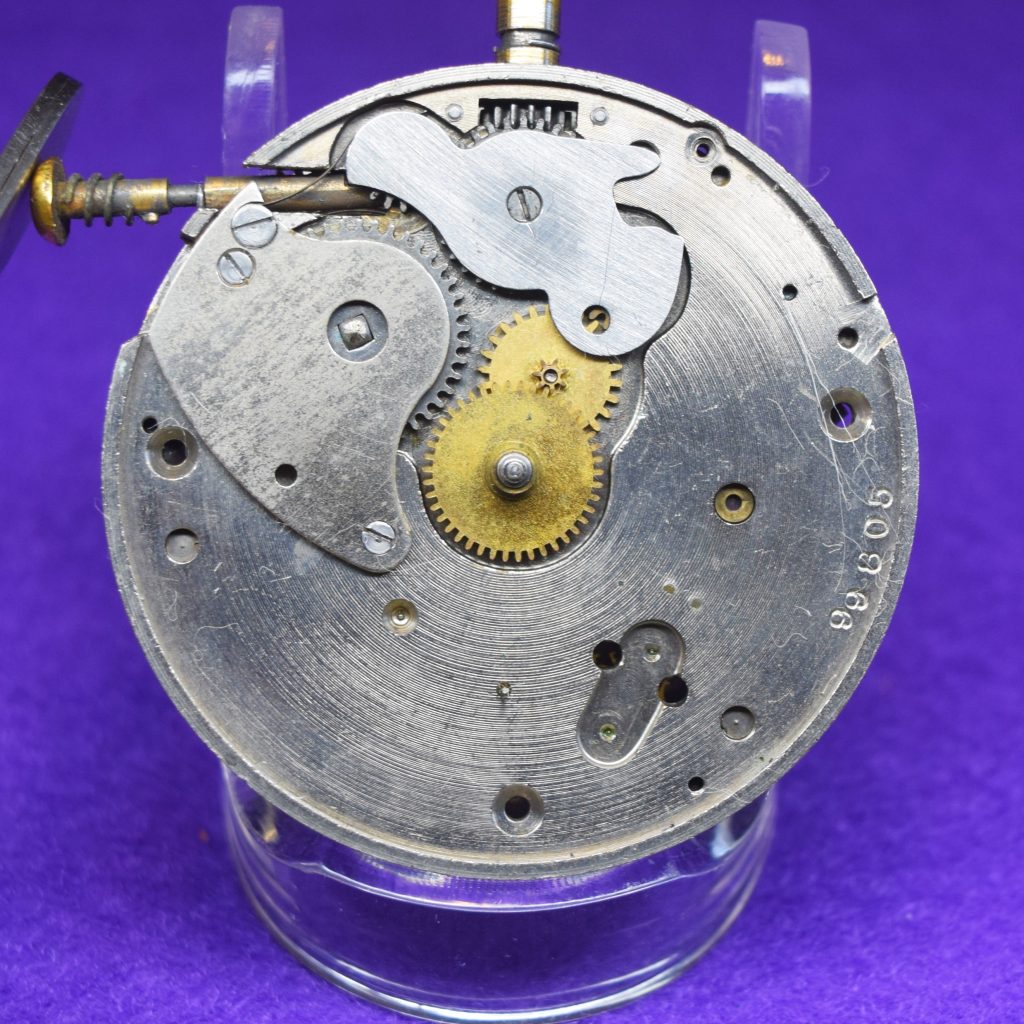
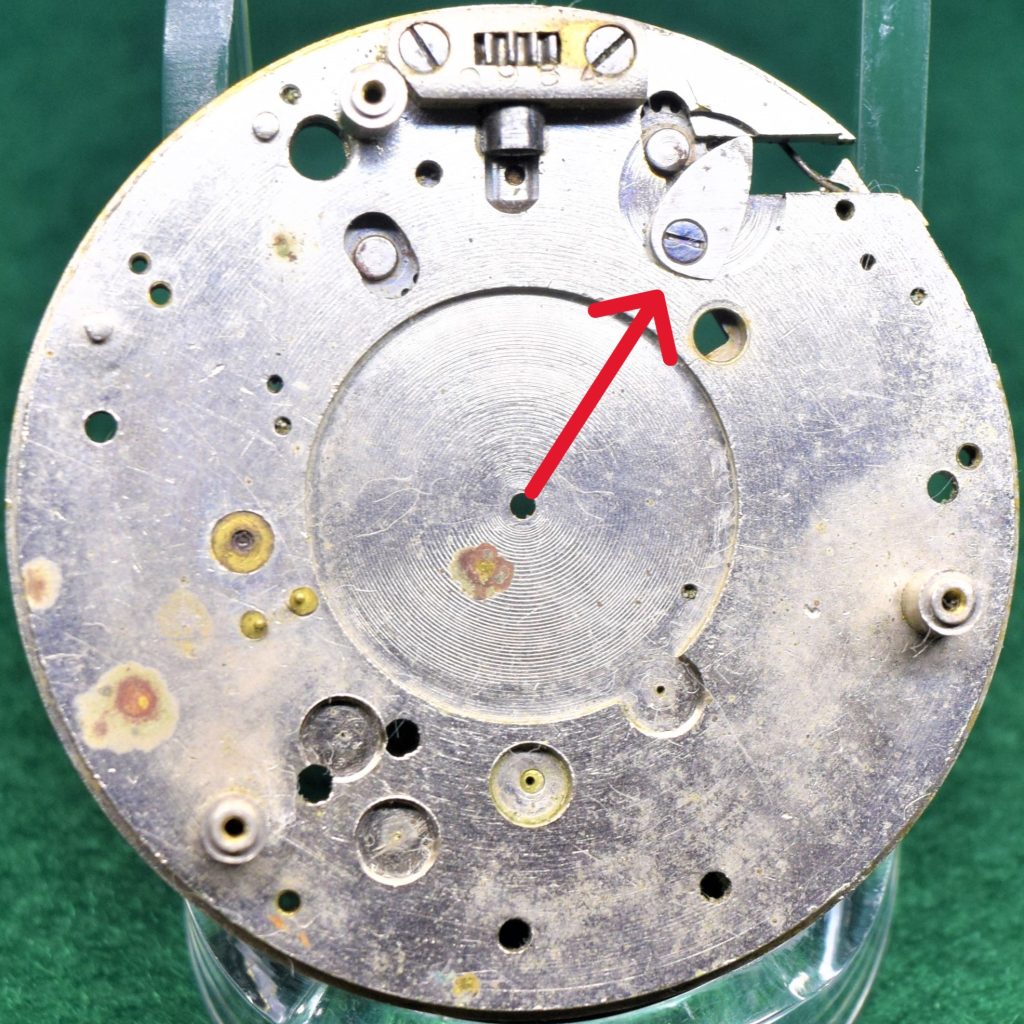
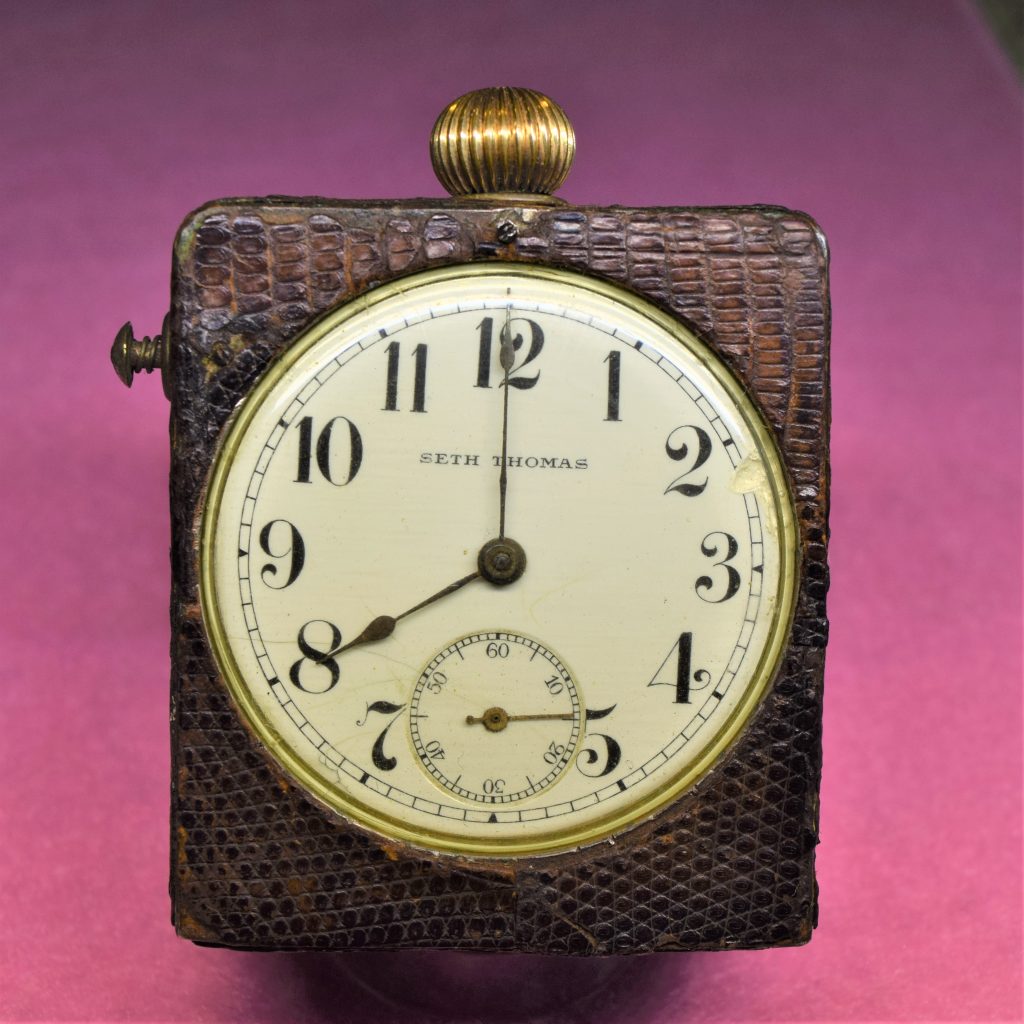
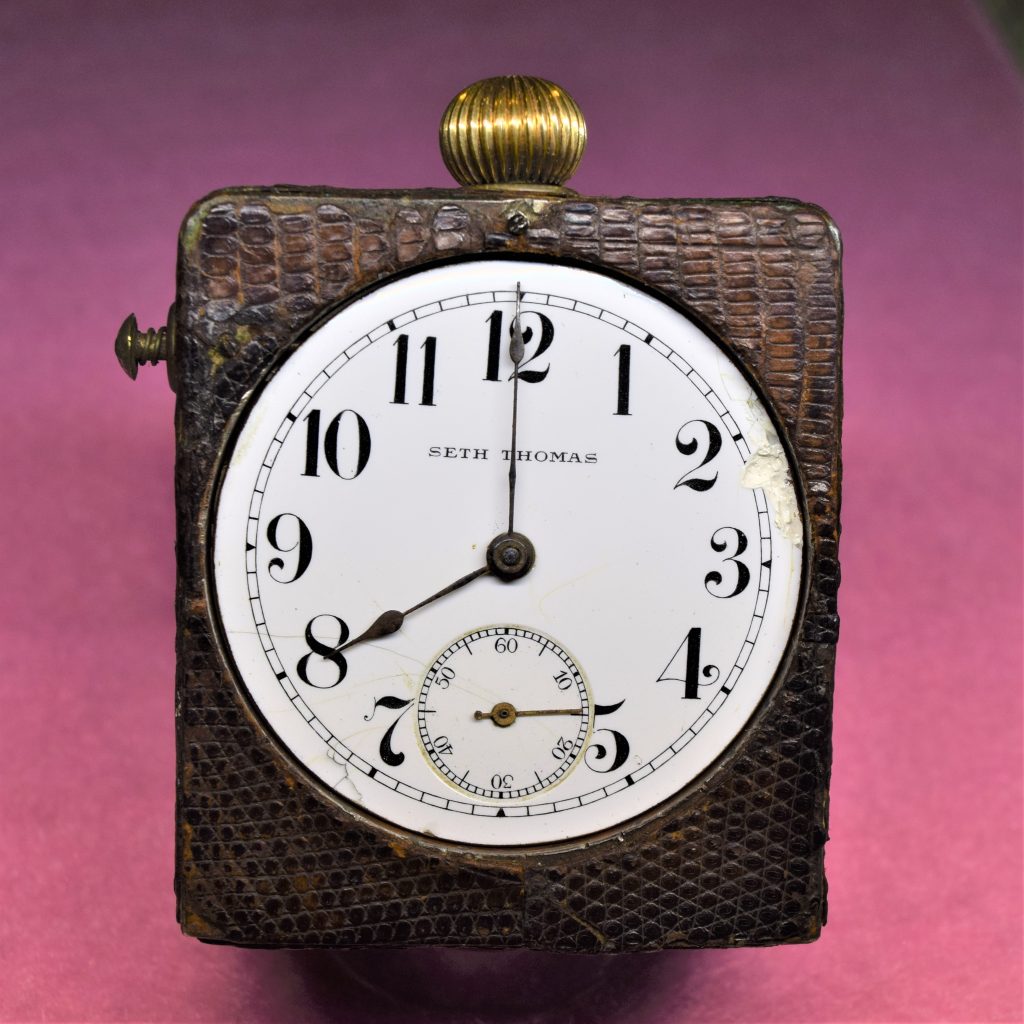
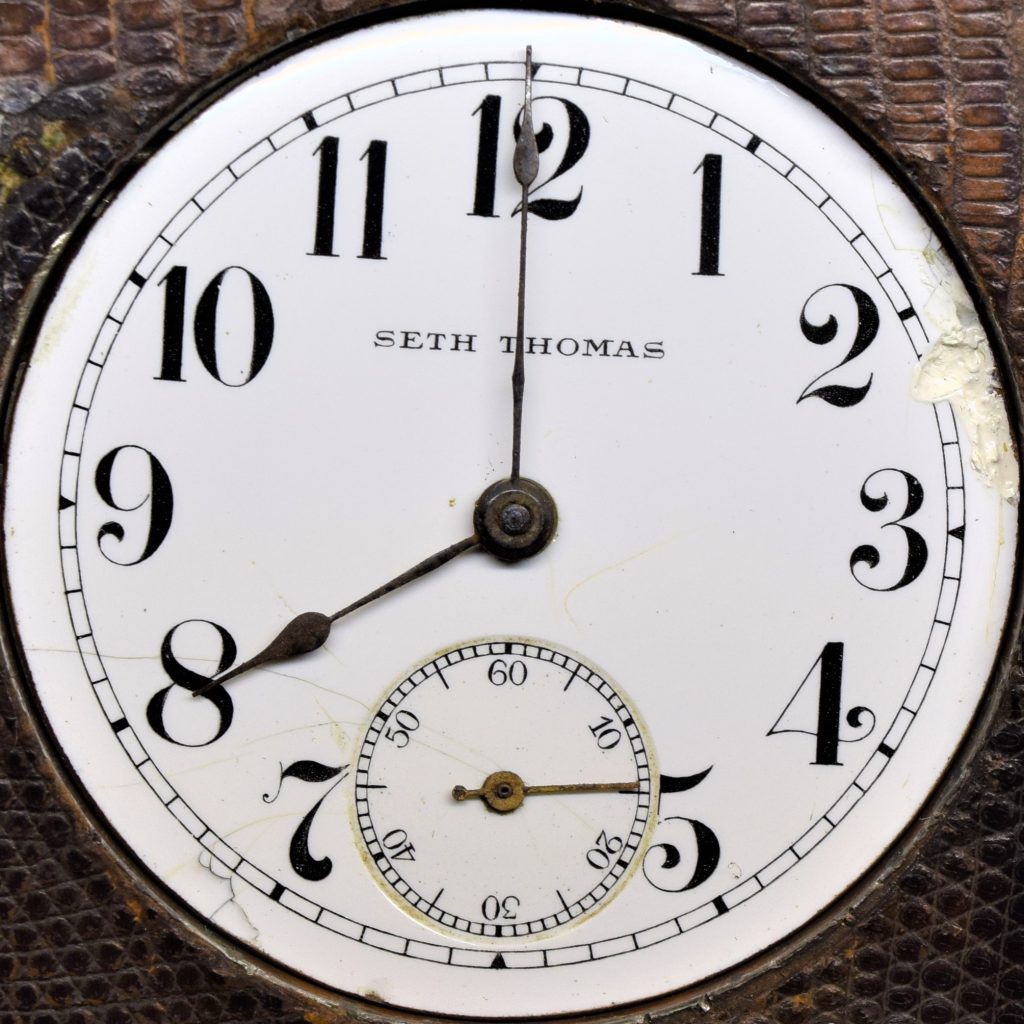
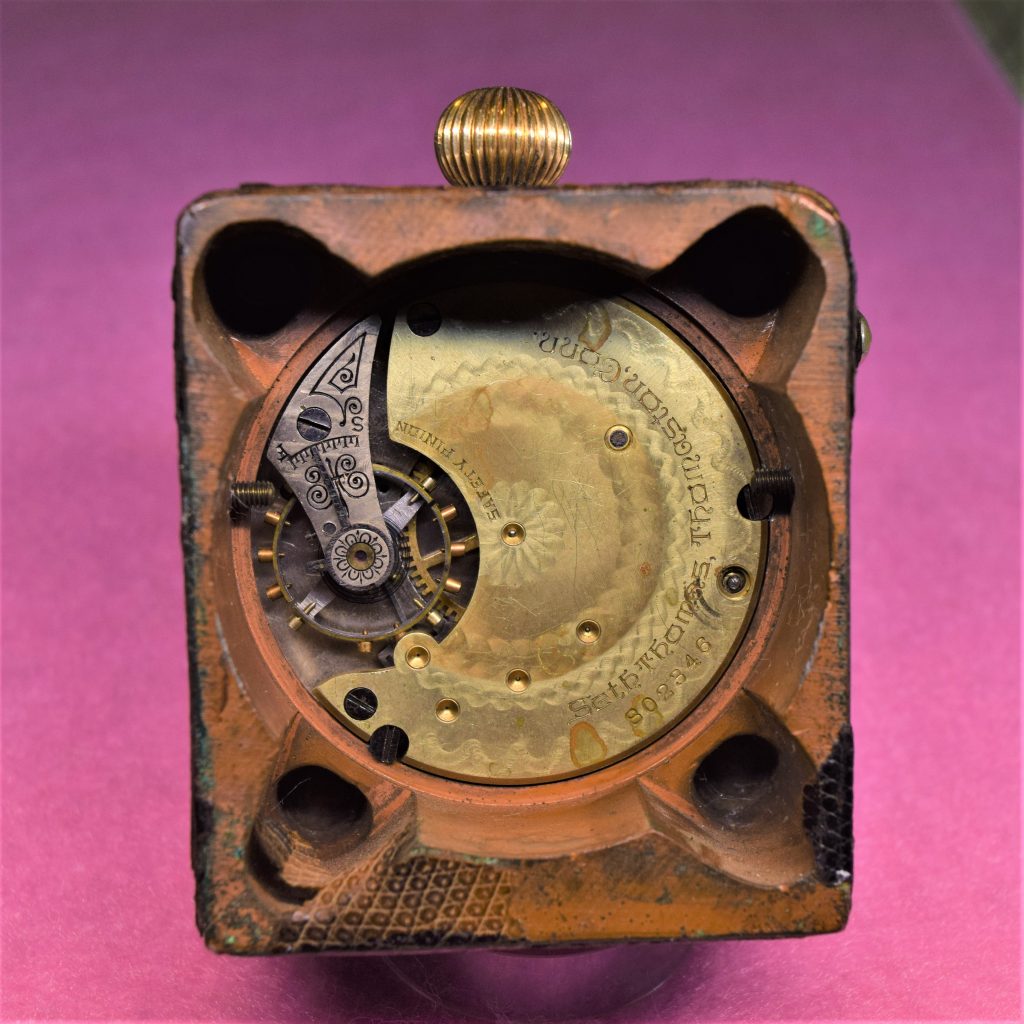
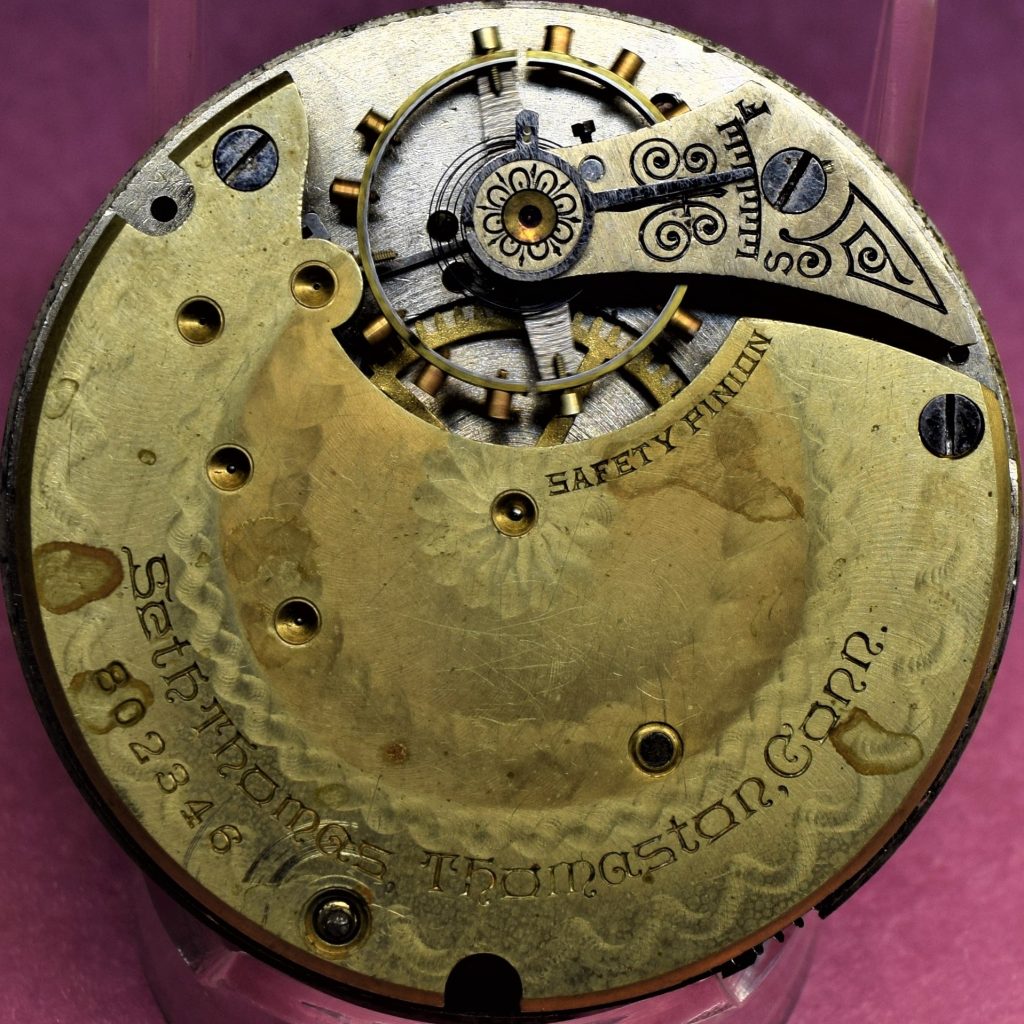
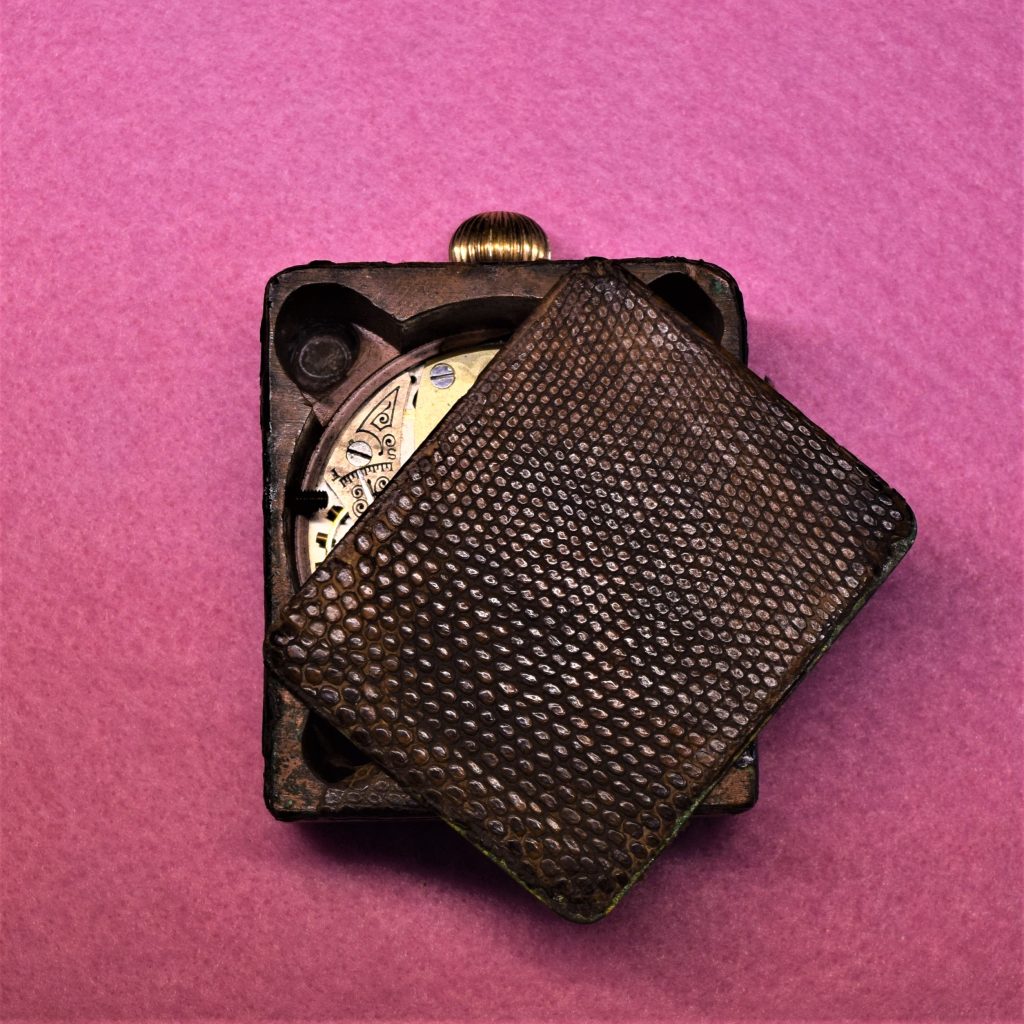
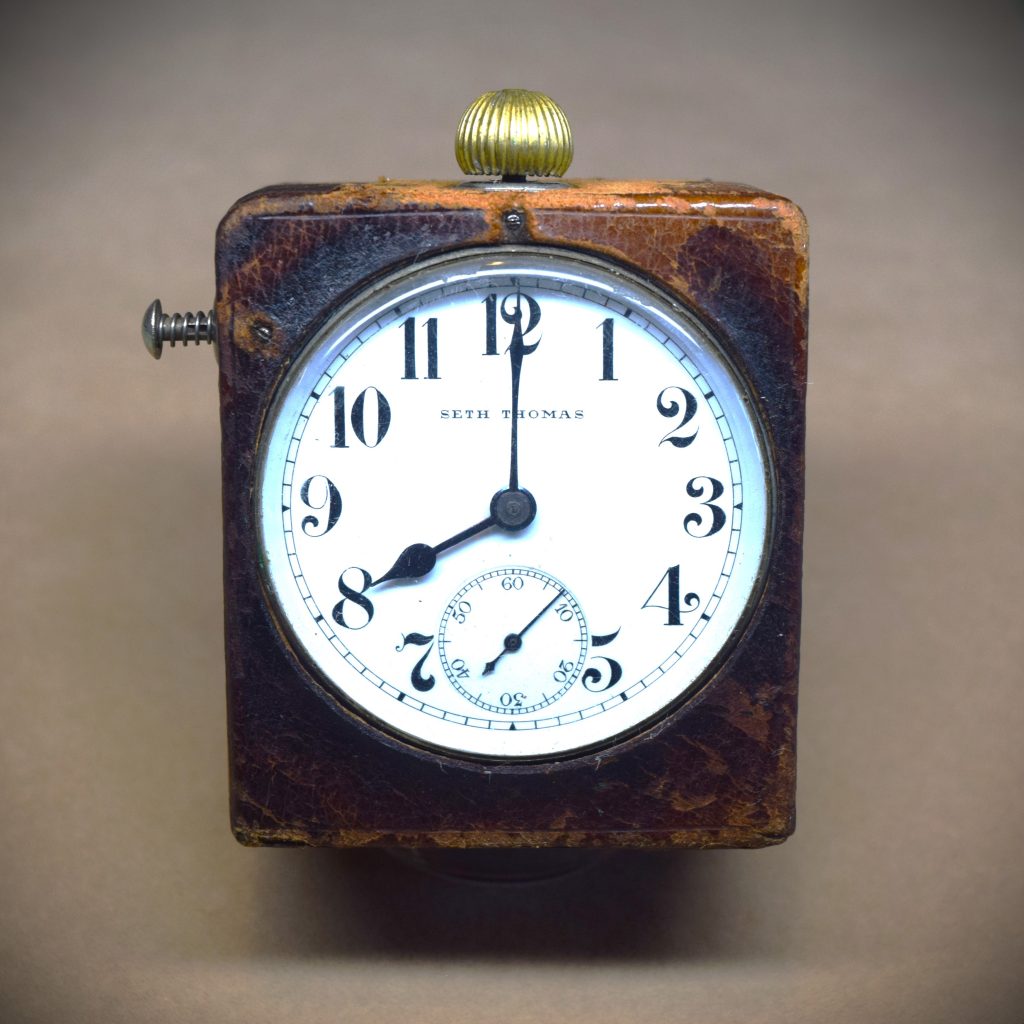

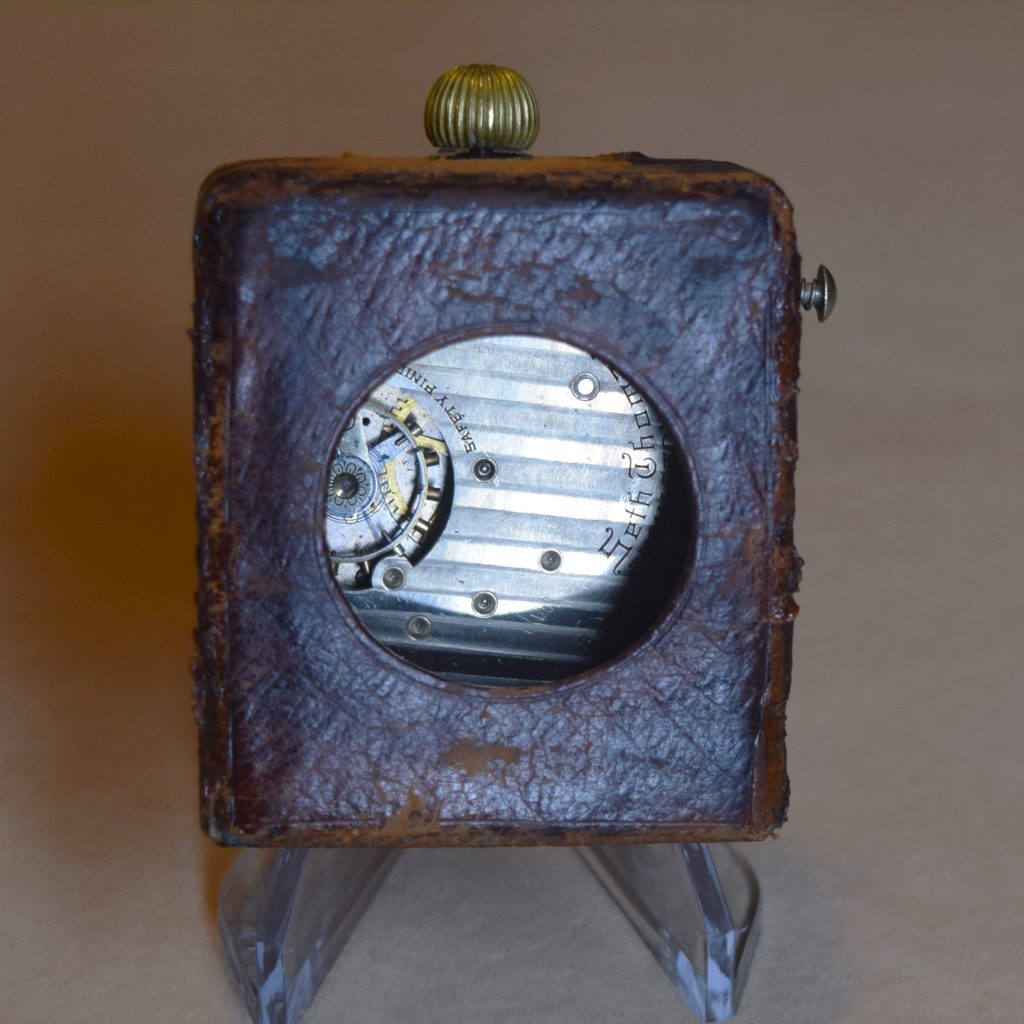
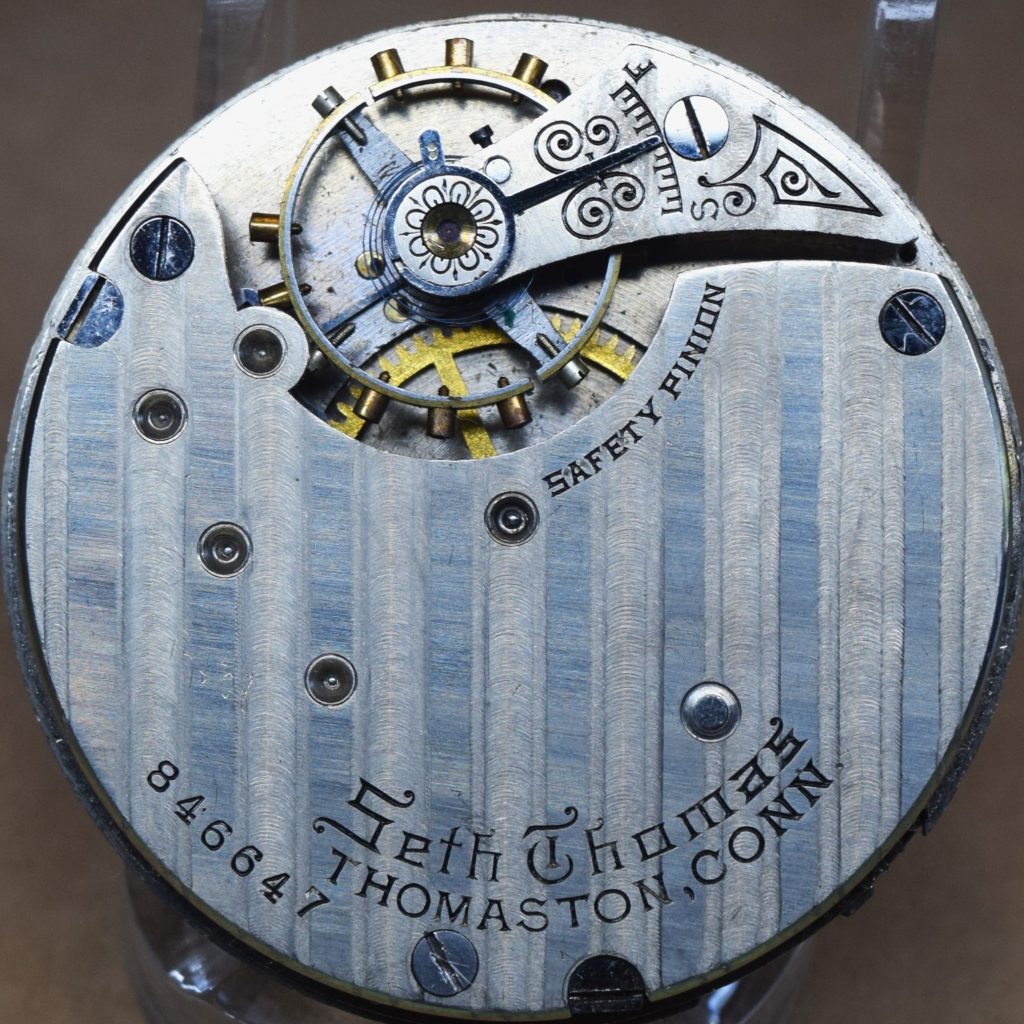
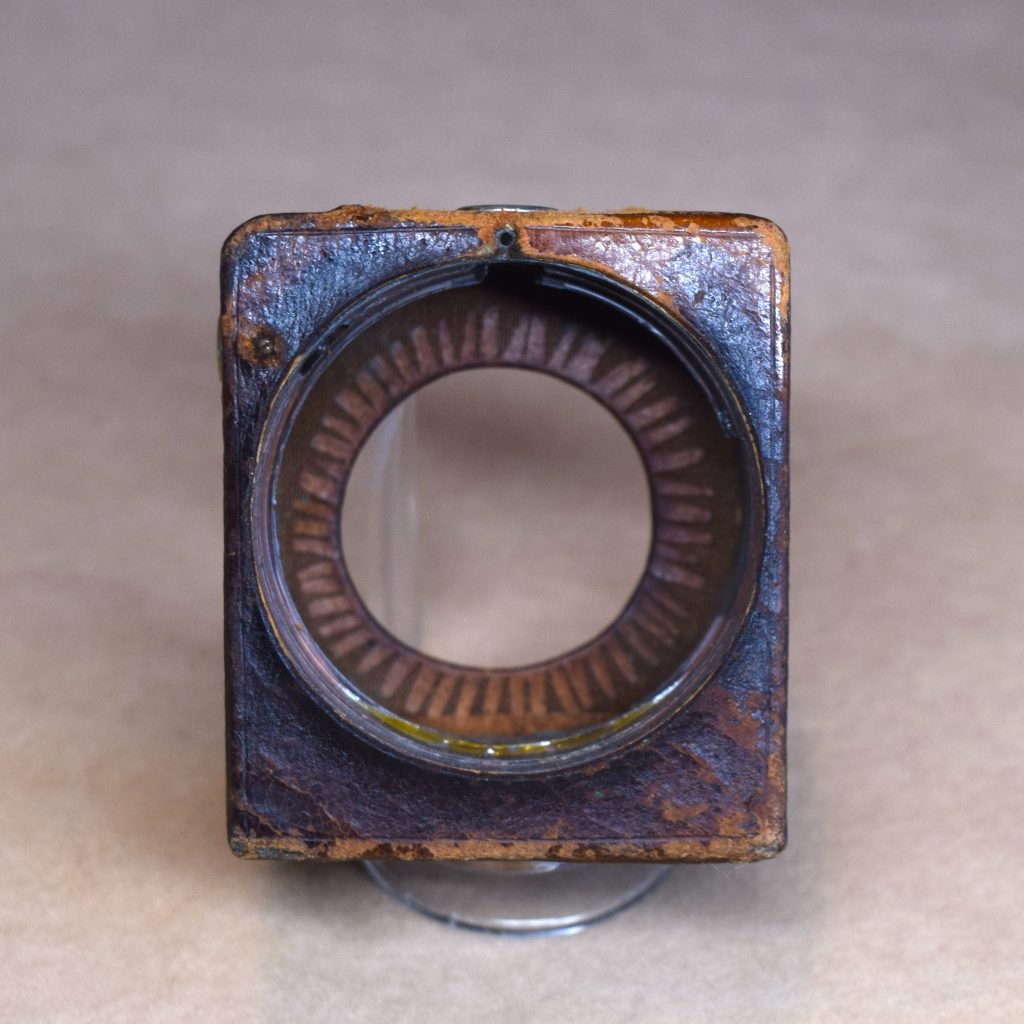
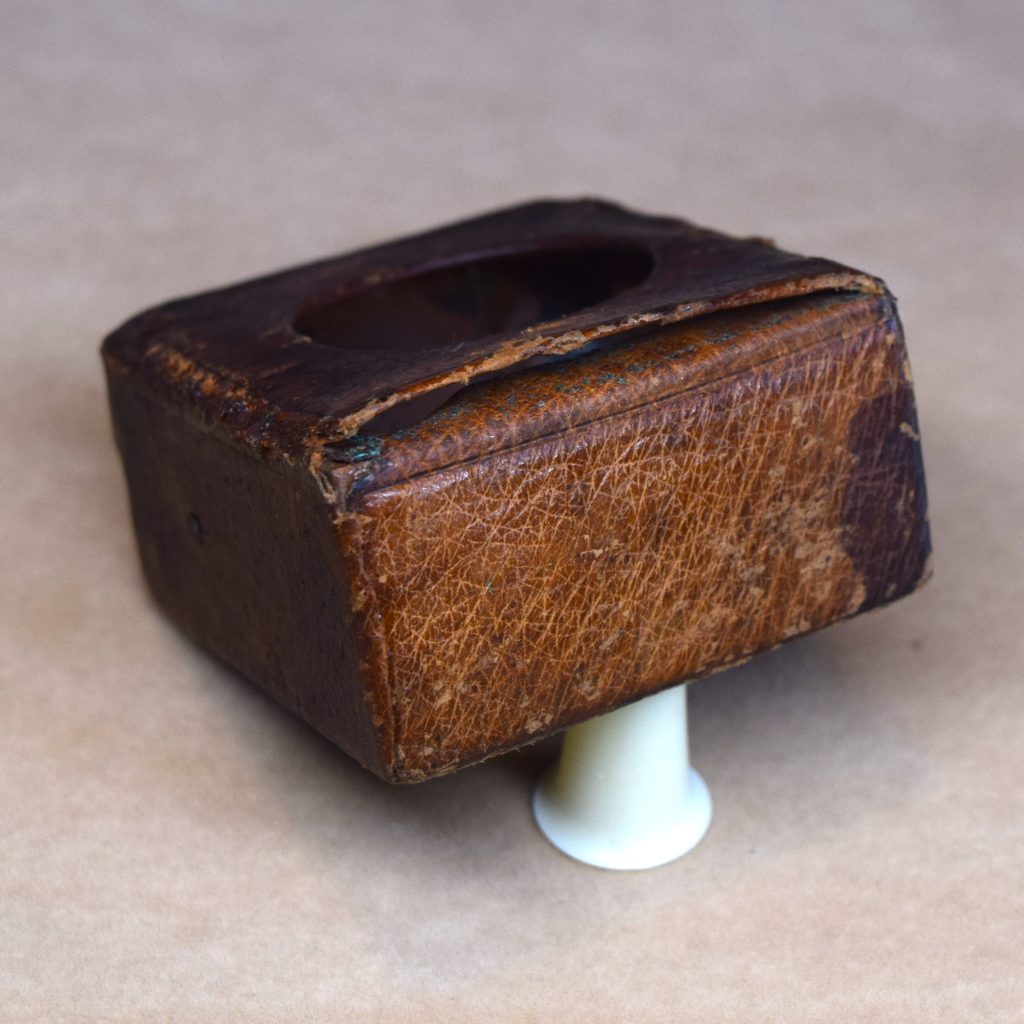
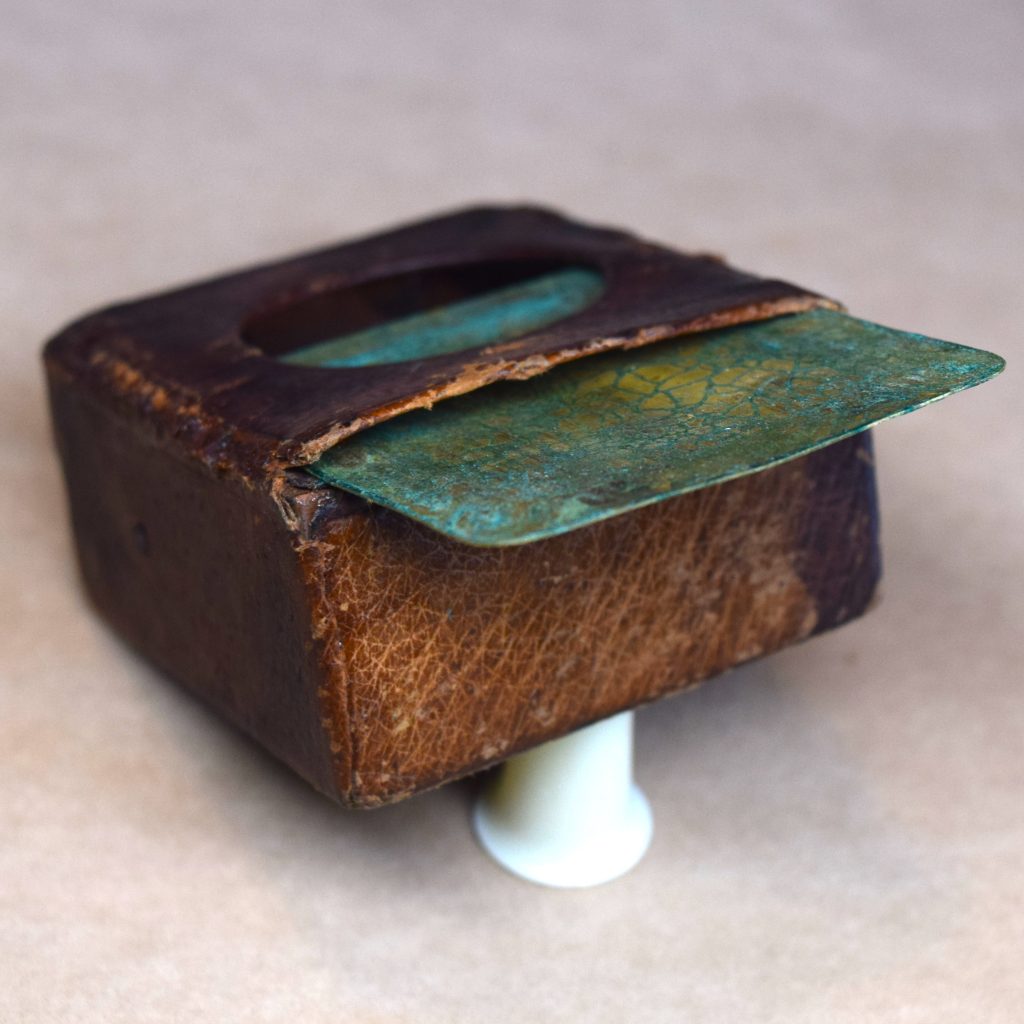
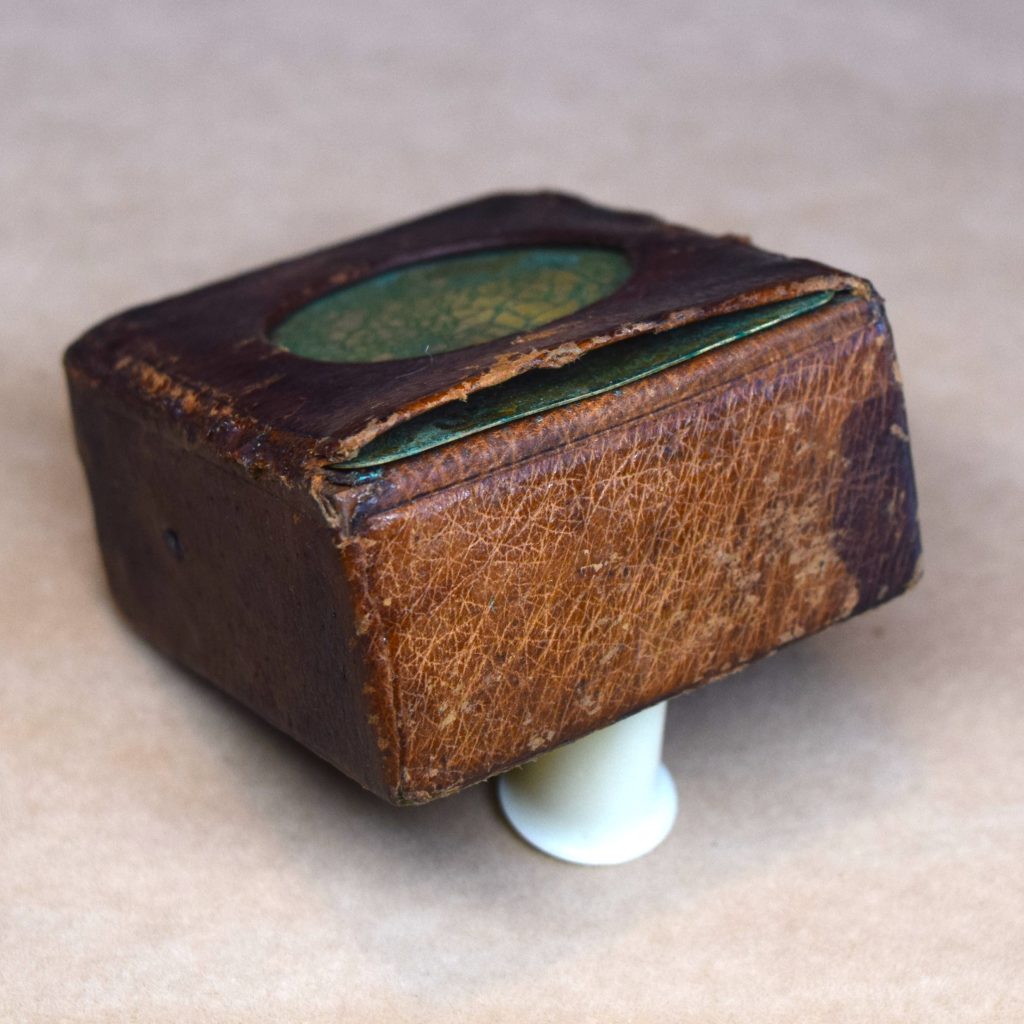
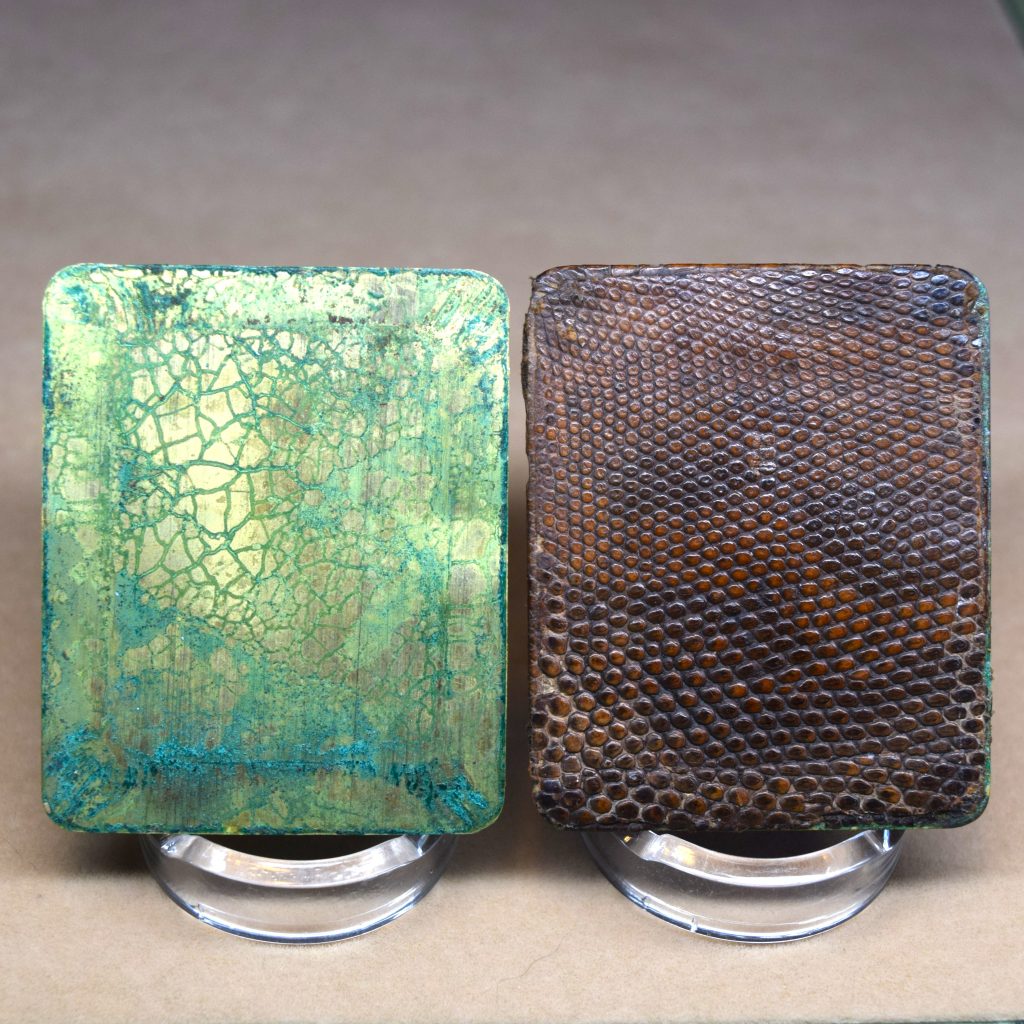
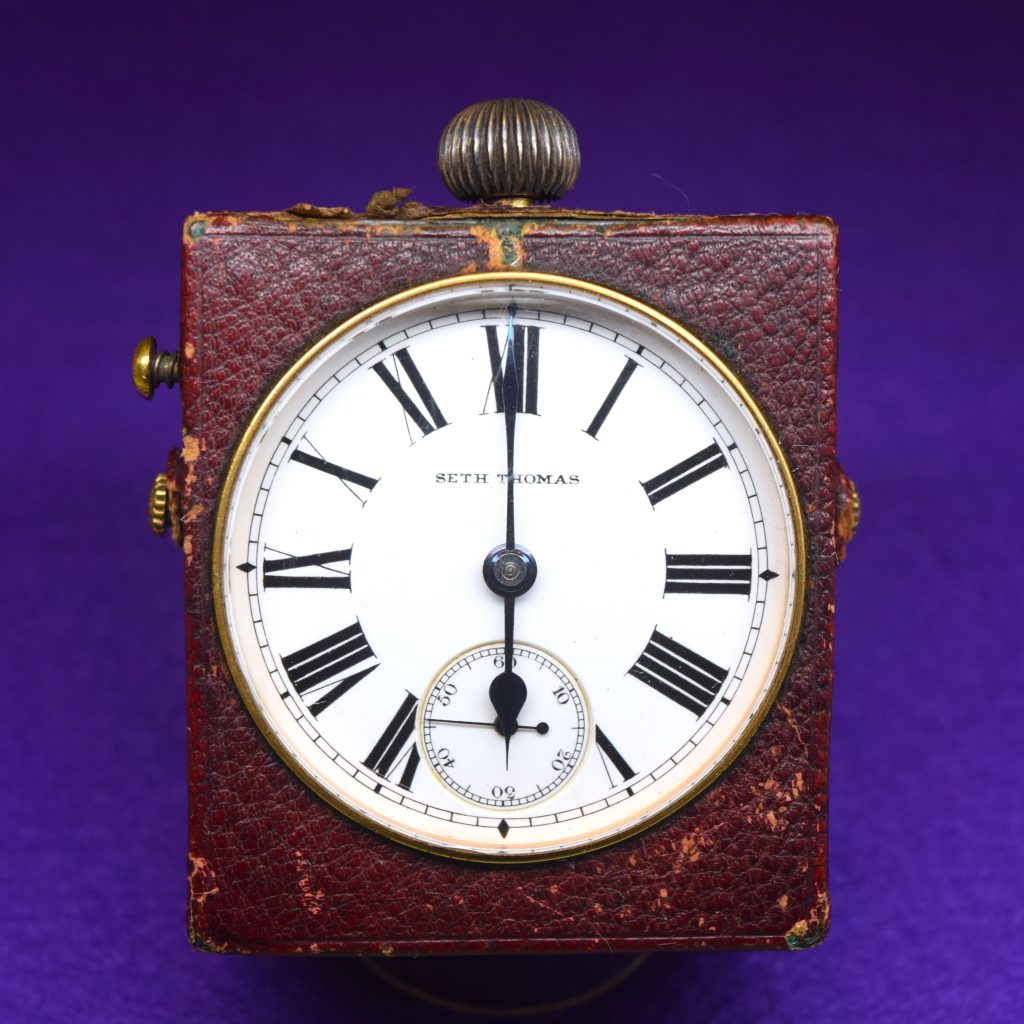
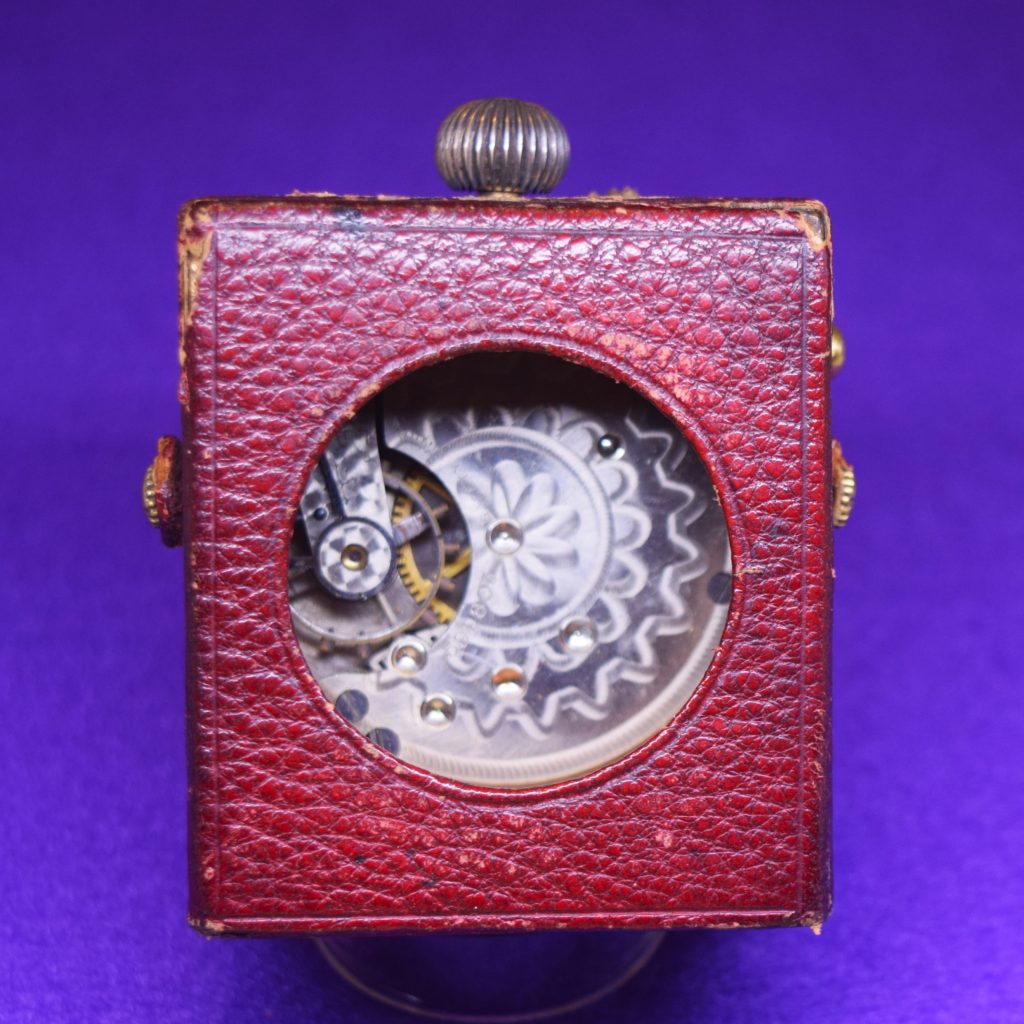
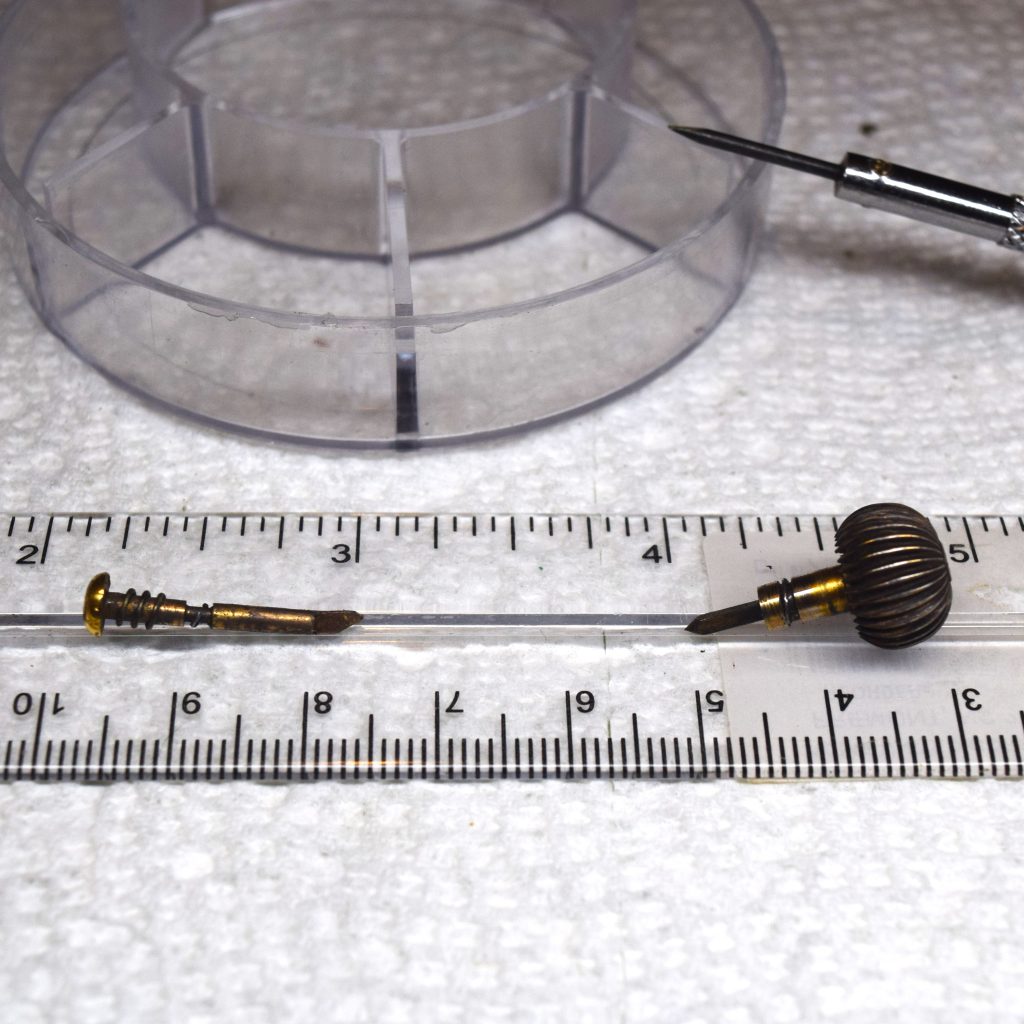
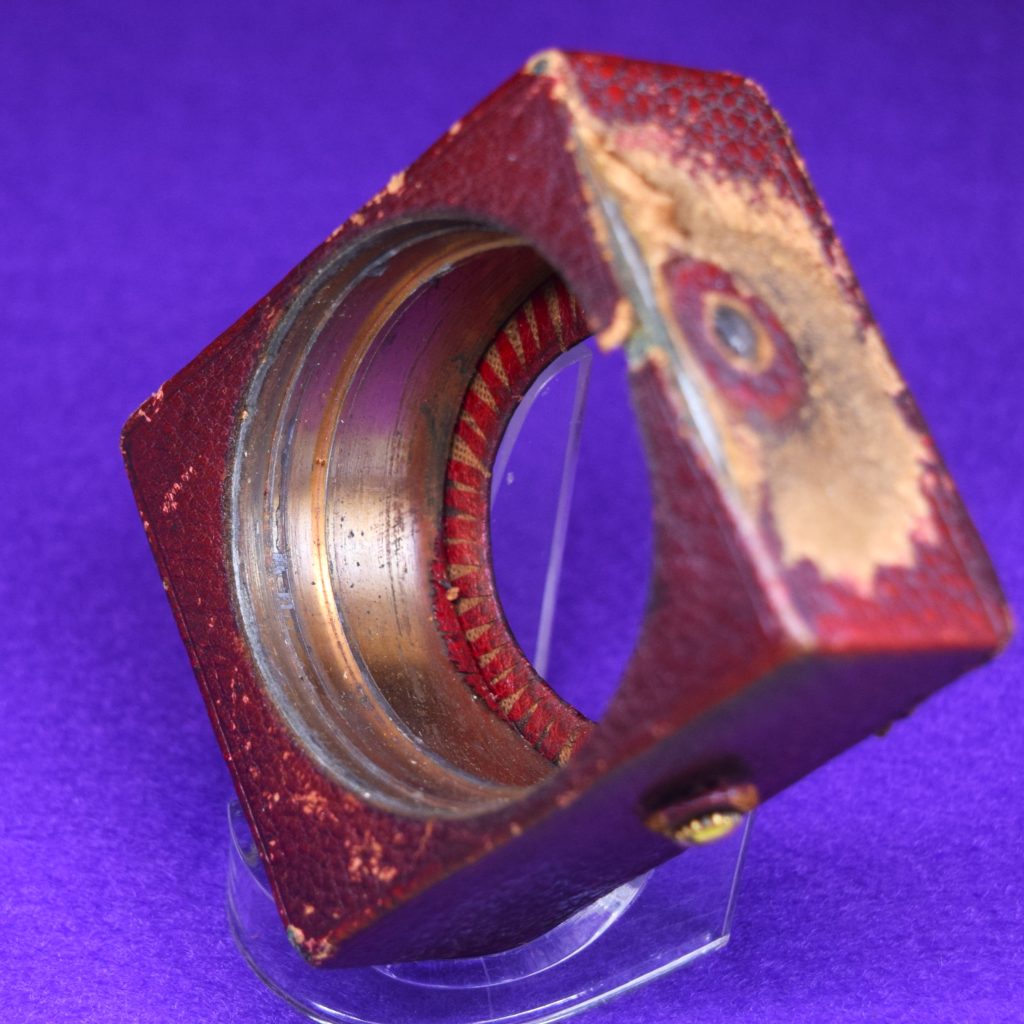
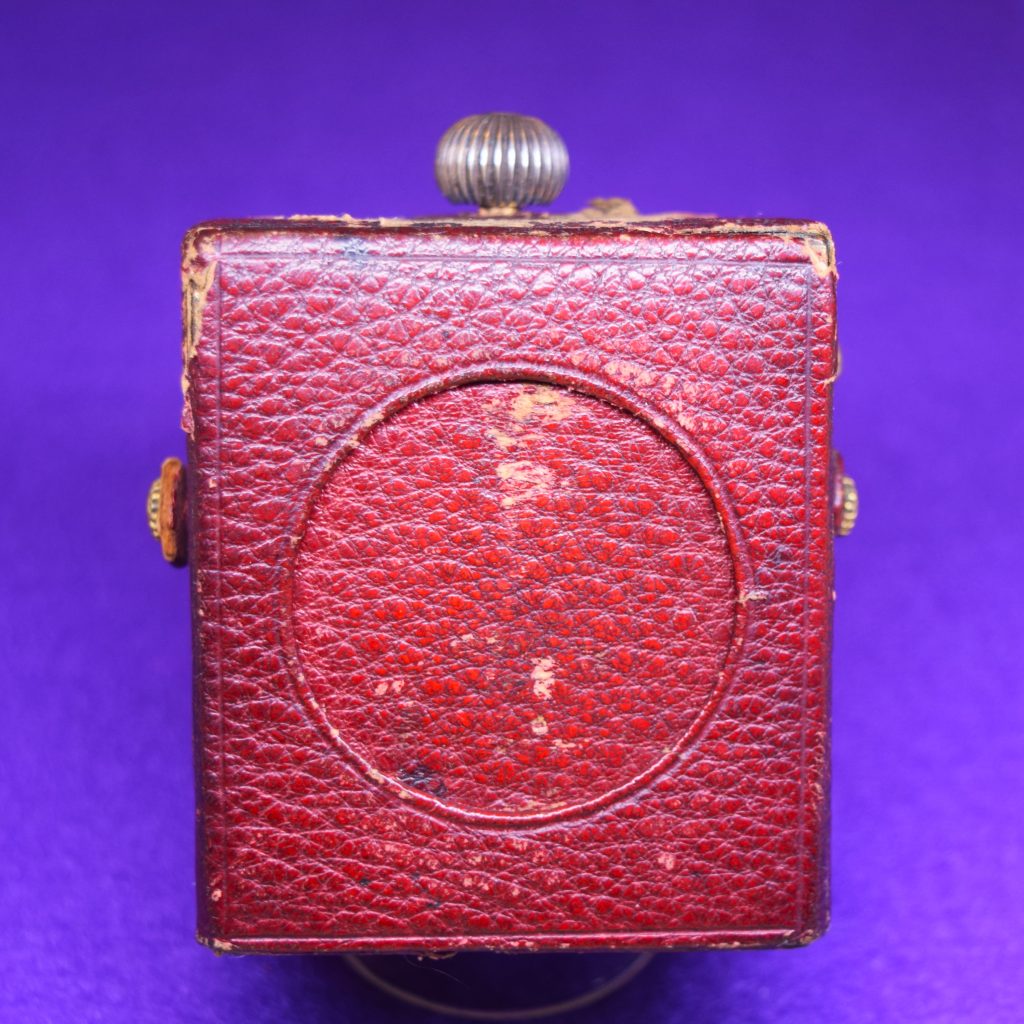
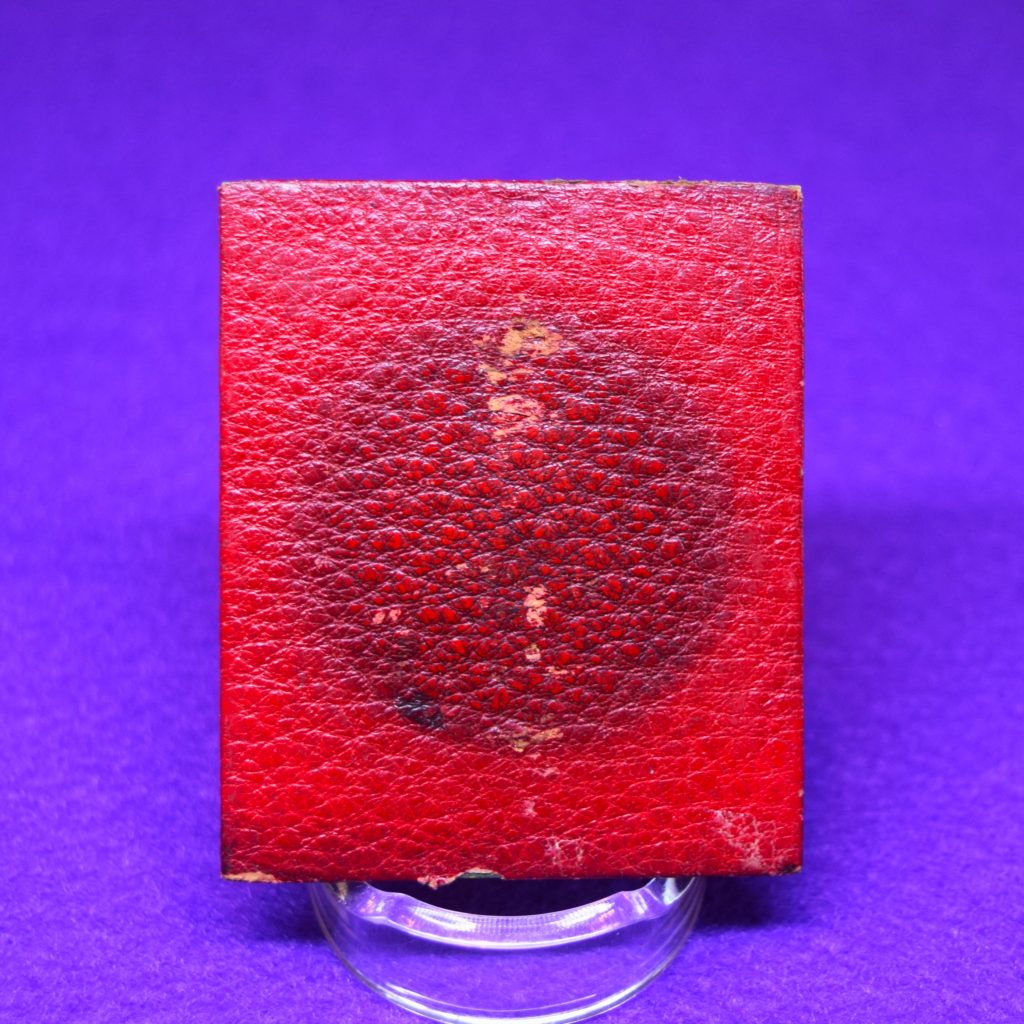
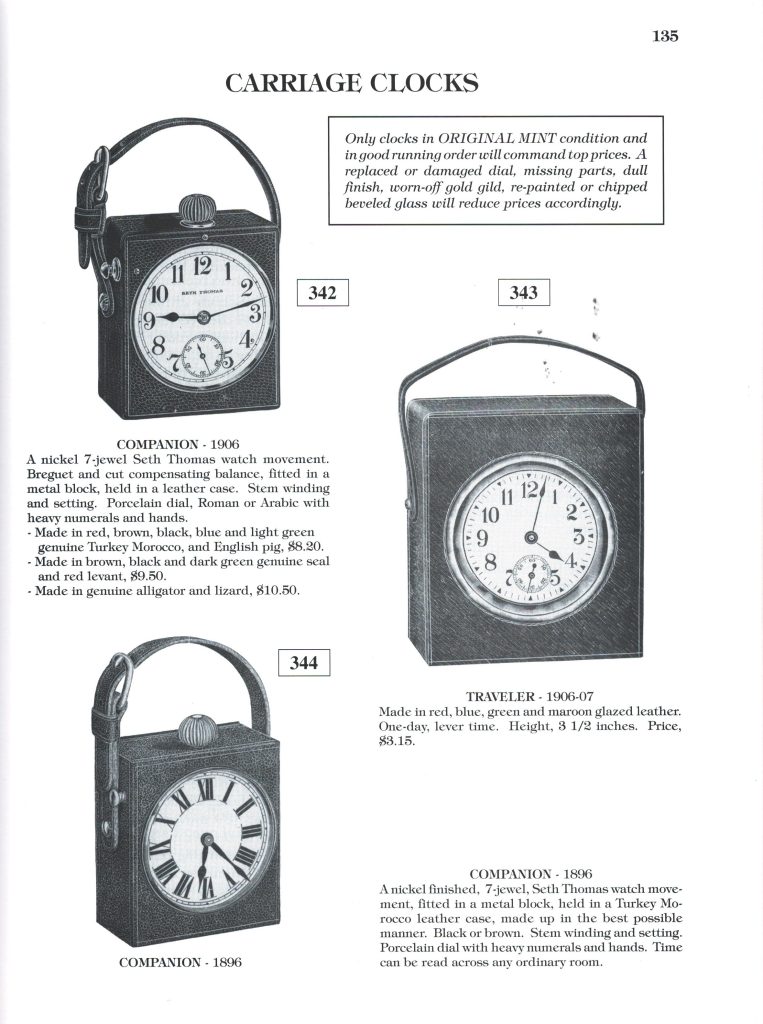
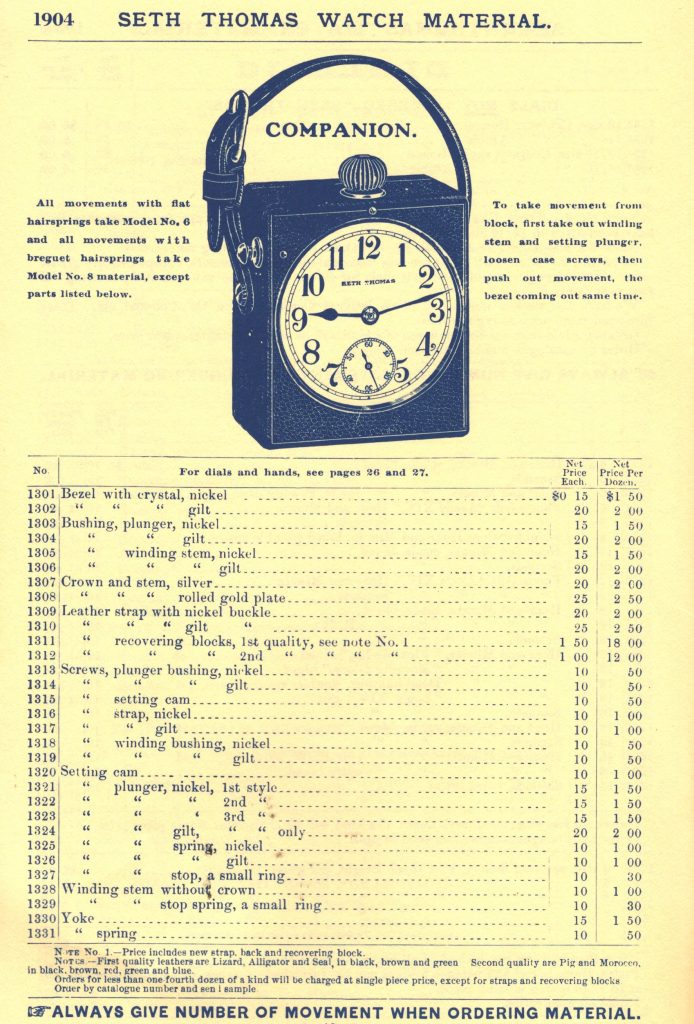
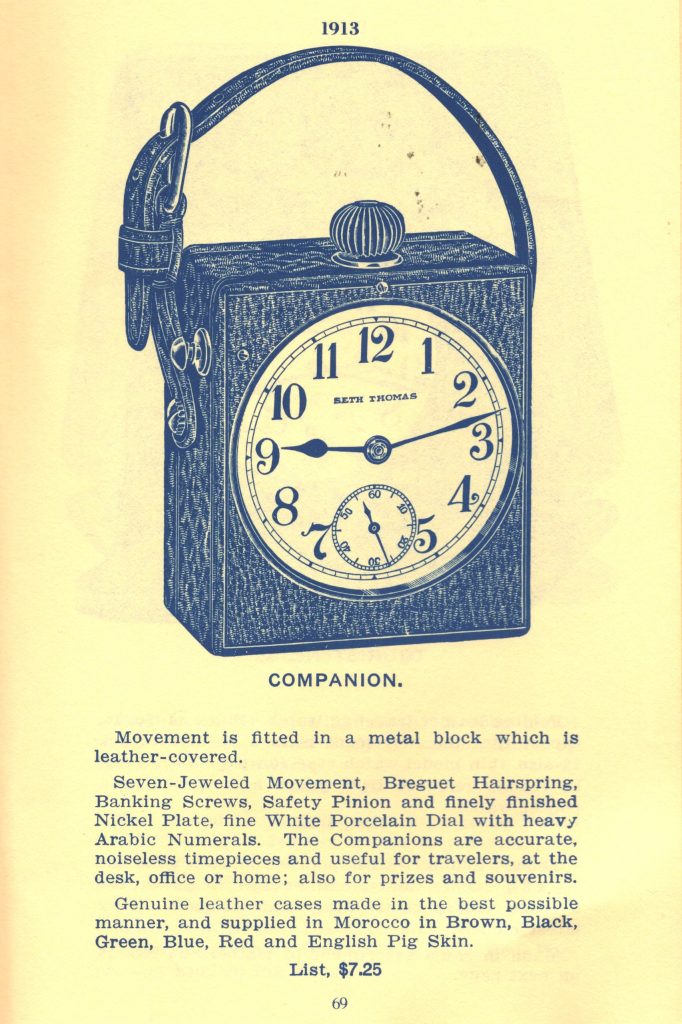
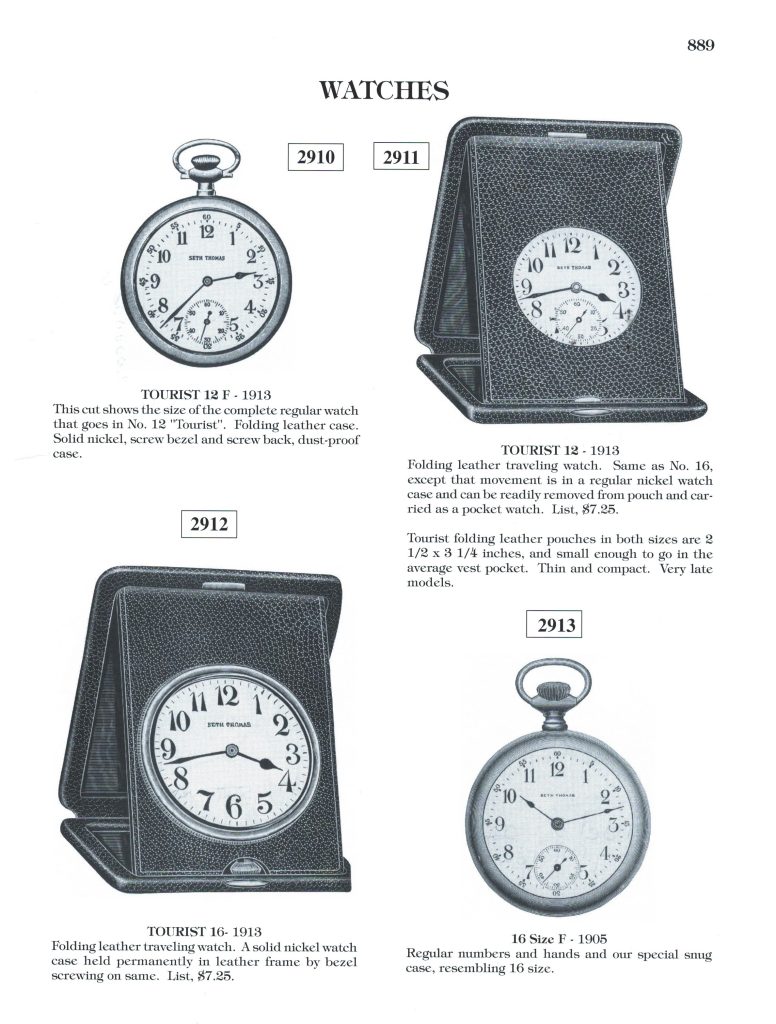
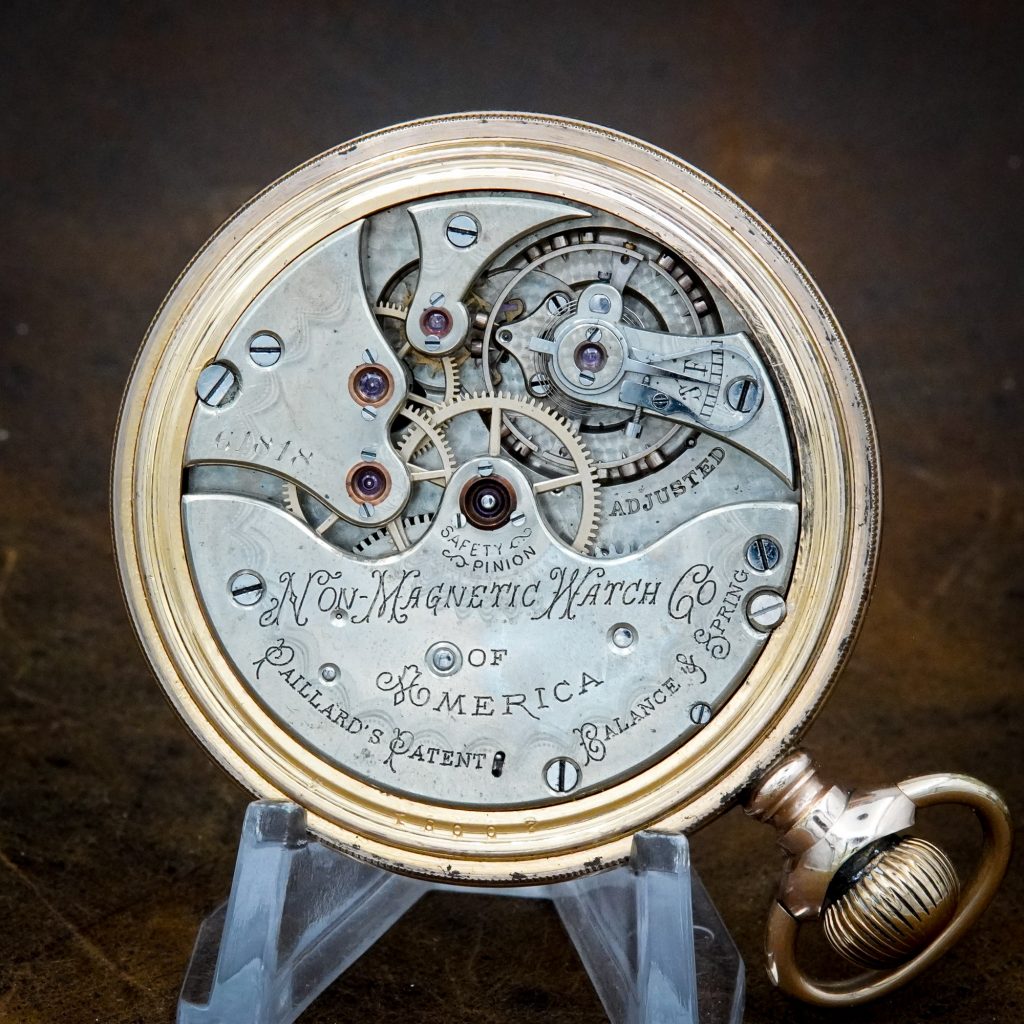
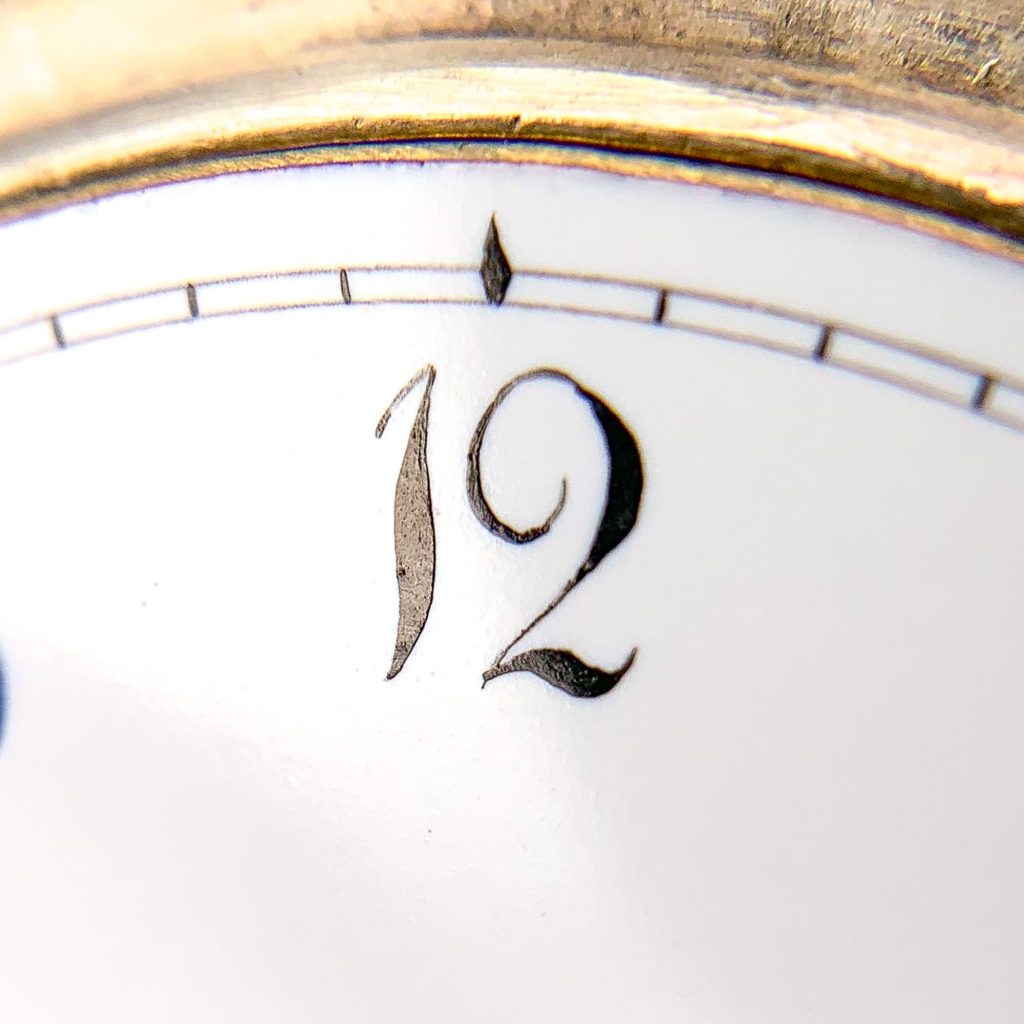
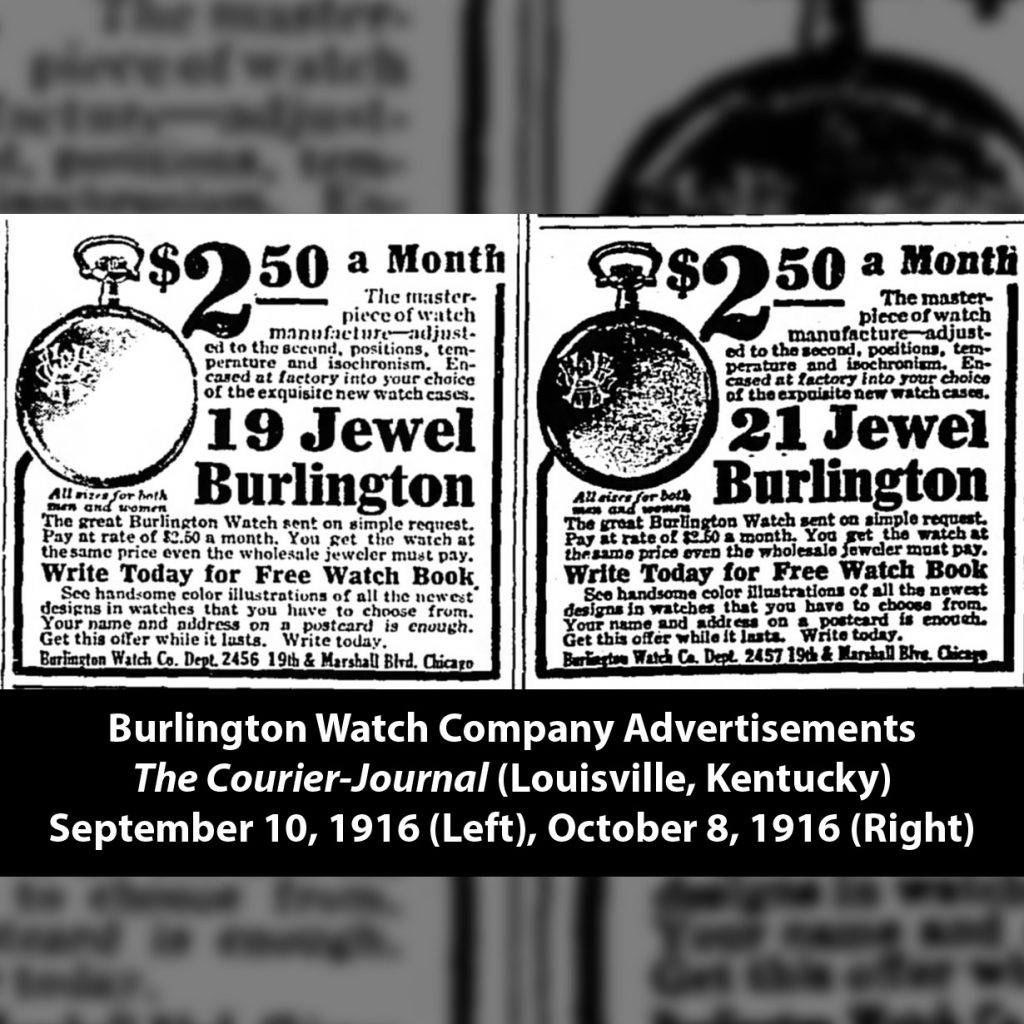
Great article – I own two Companions so found it very interesting and informative. Thx!
Nice article
HI,
do you have any articles or info on Goliath size watches? I have one. It has what appears to be a standard size movement in a heavy, silver case about 5 inches across, and it has a leather bound carrying /display case similar in style to the Seth Companion series you described above. I believe it was made about 1920 or so, but it doesn’t seem to have makers name on it that I could find.
I can send pictures if you’re interested. I would like to find any info on it if I could. Any assistance would be appreciated.
Thanks Frank
Fantastic your job. Congreatulations!
Fraternal hugs from Brasil !